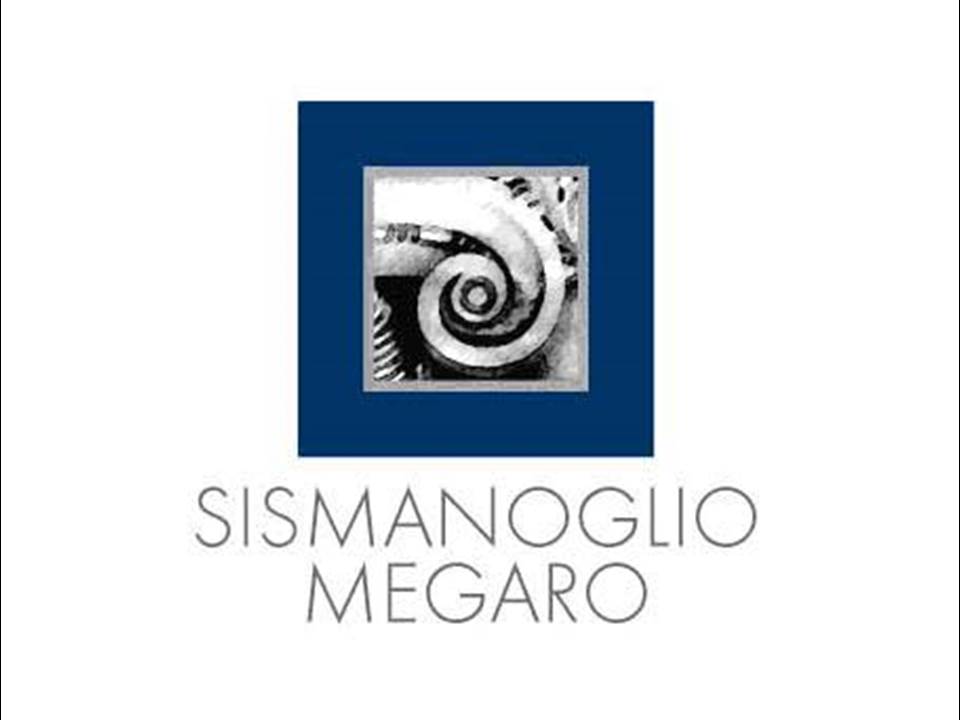
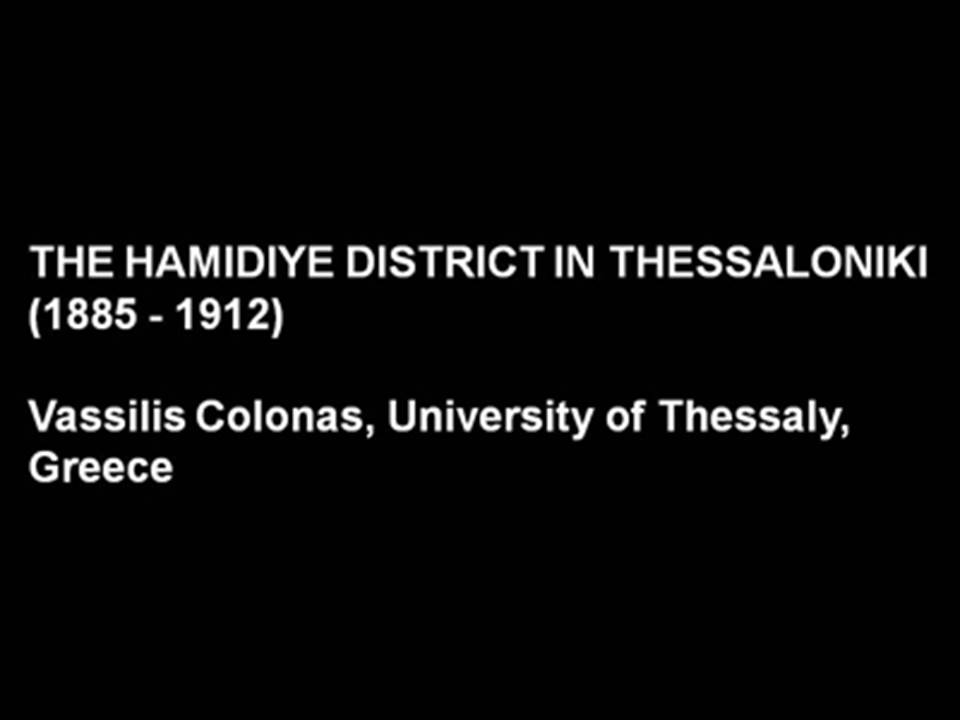
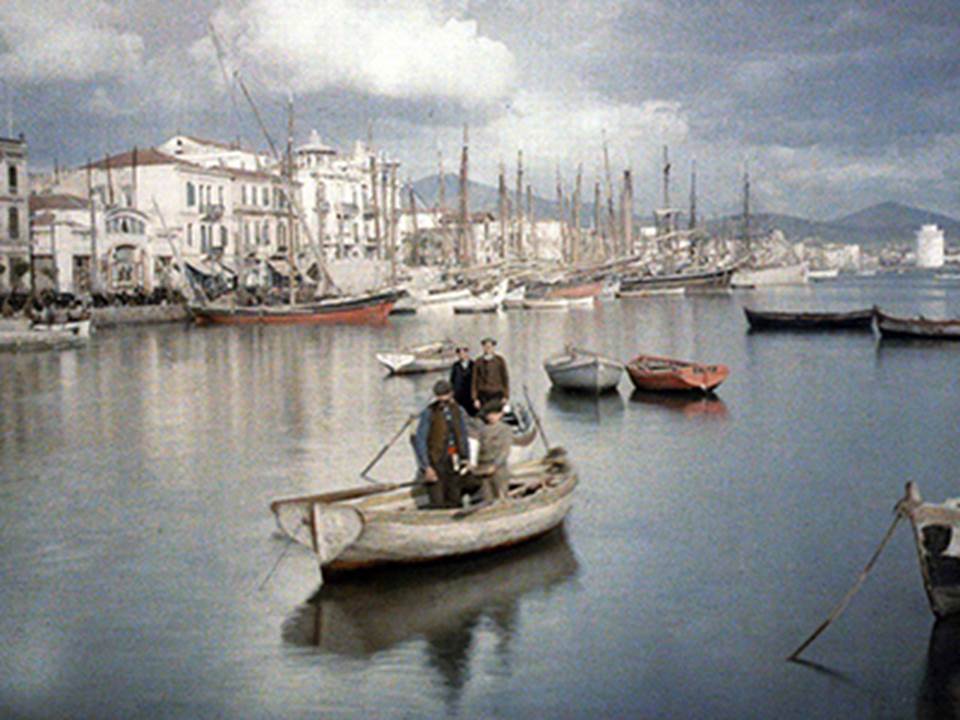
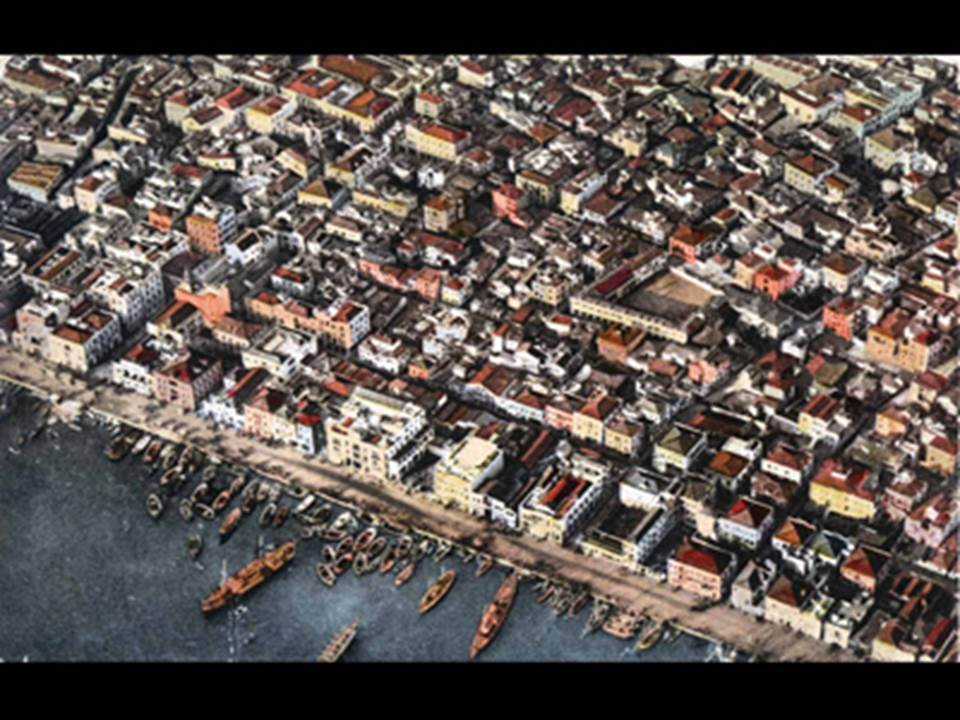
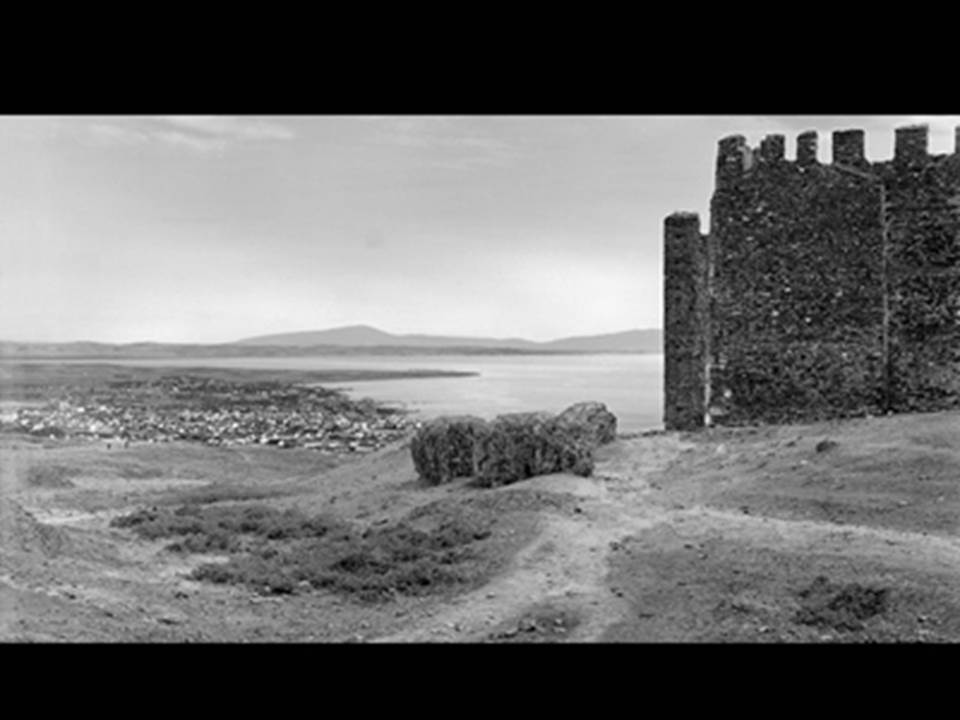
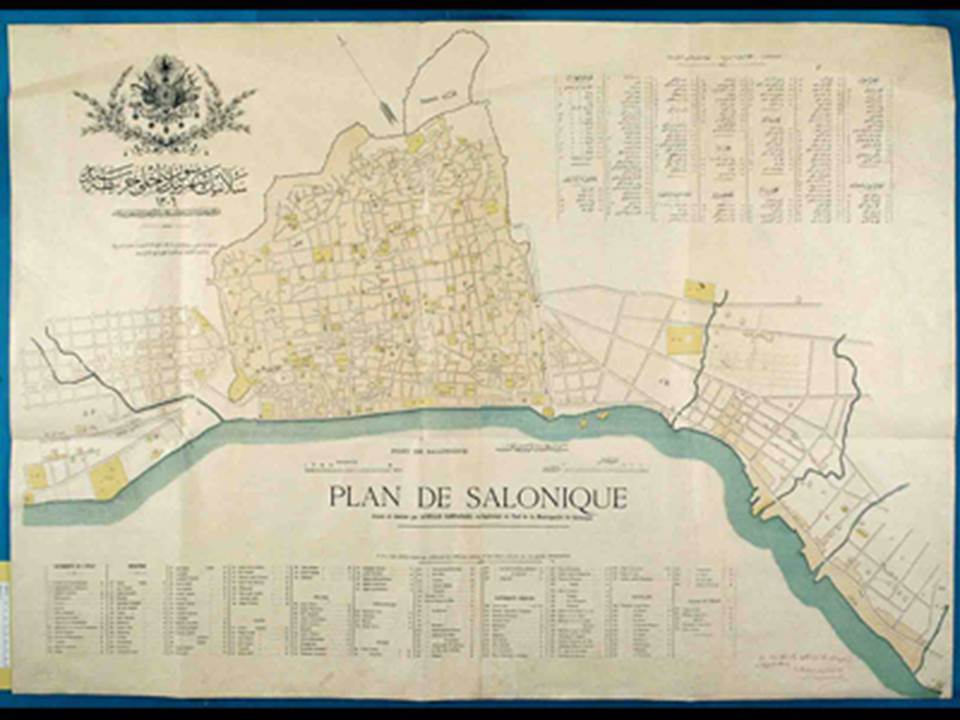

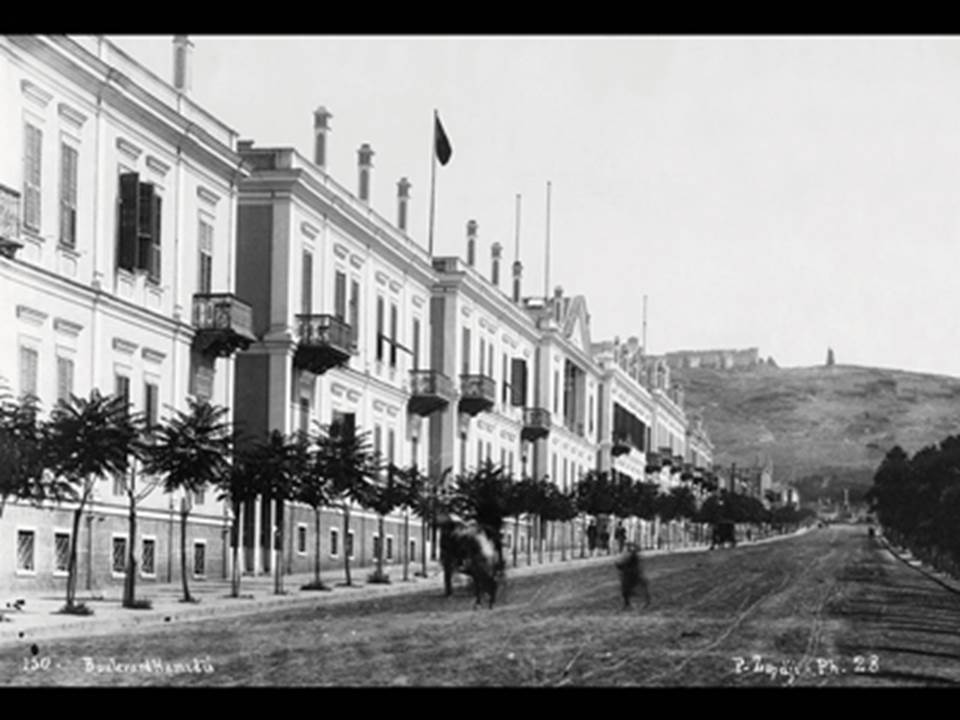
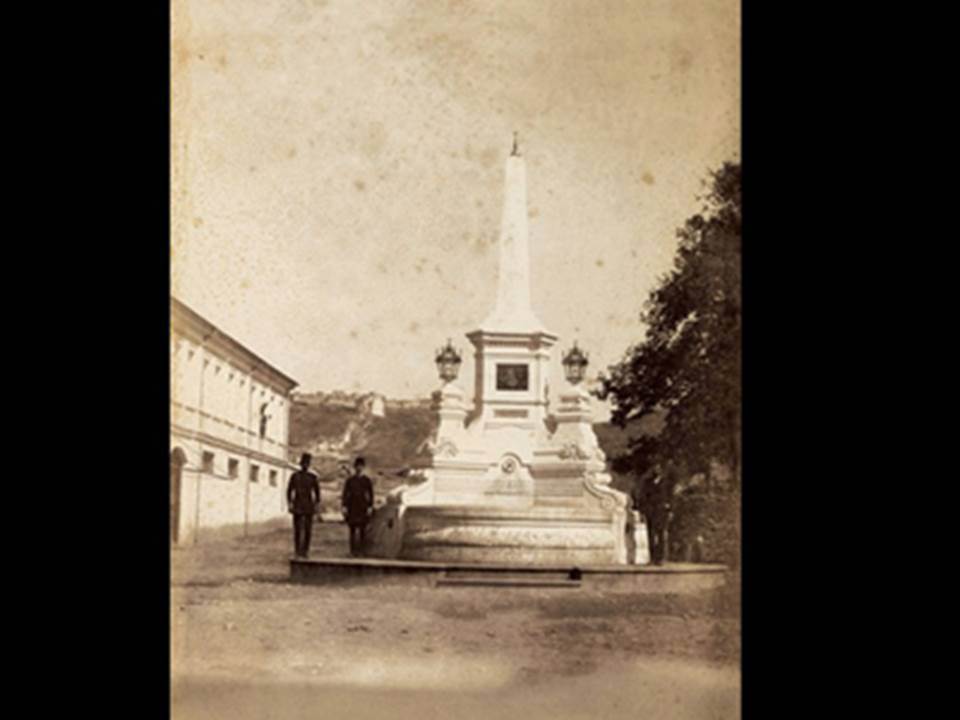
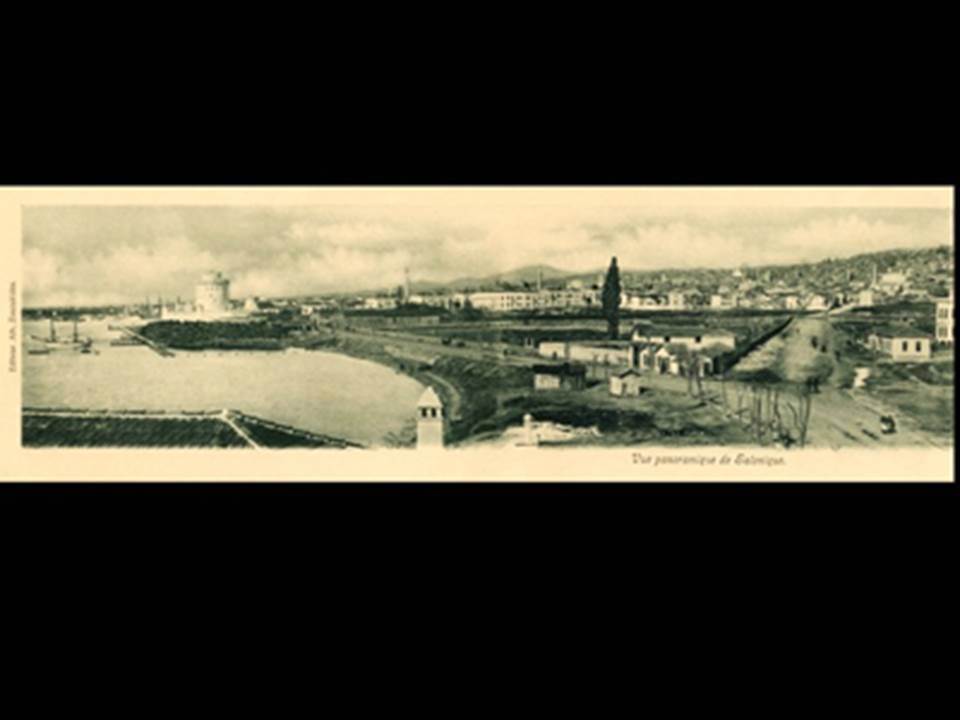
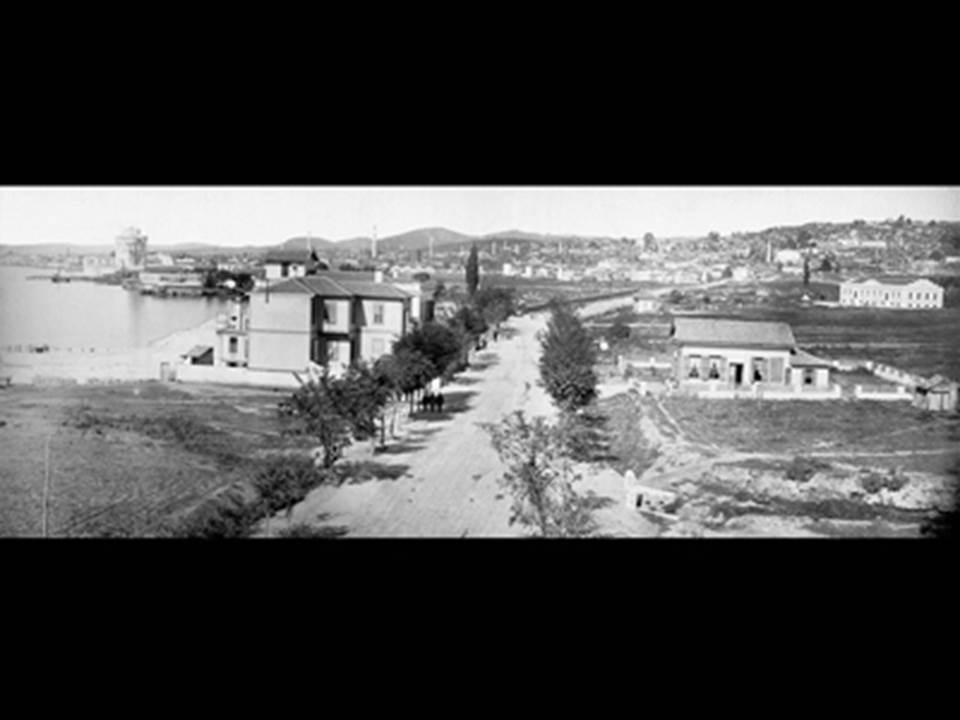
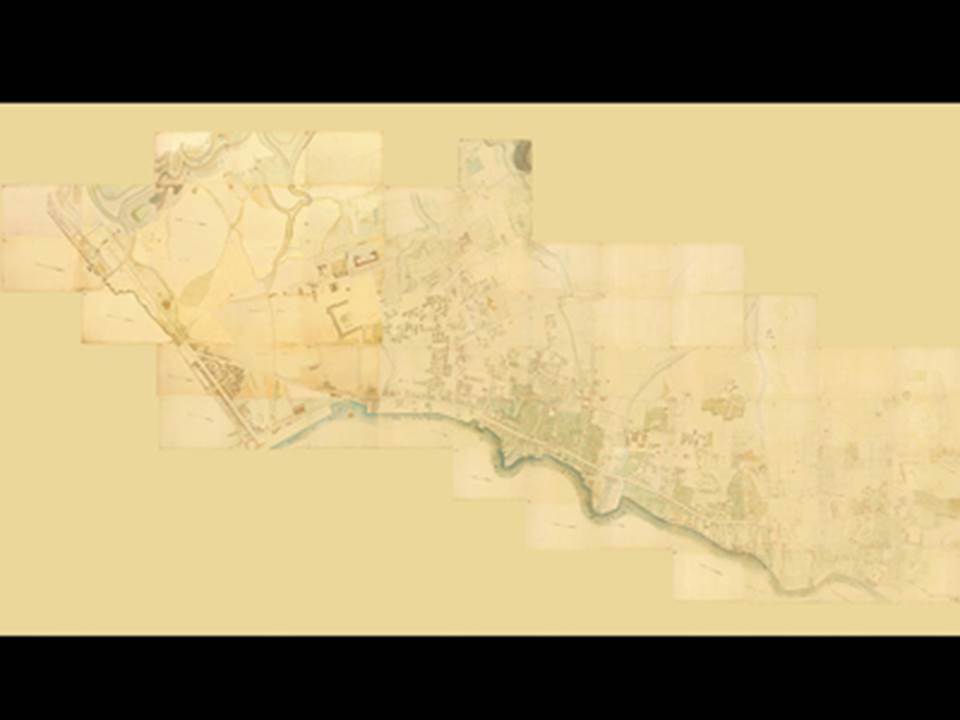
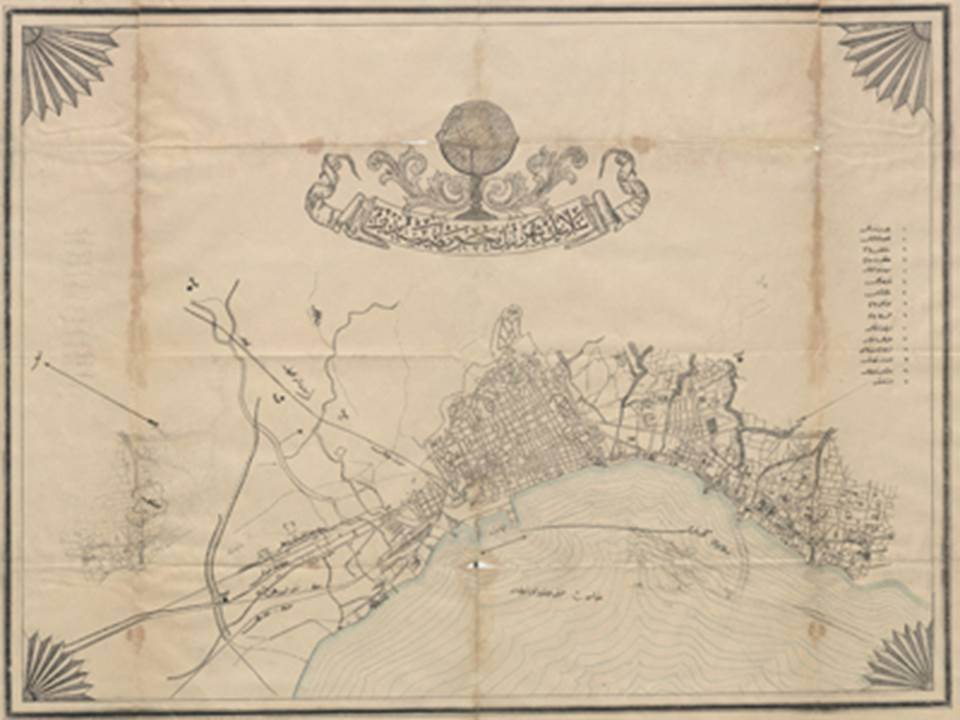
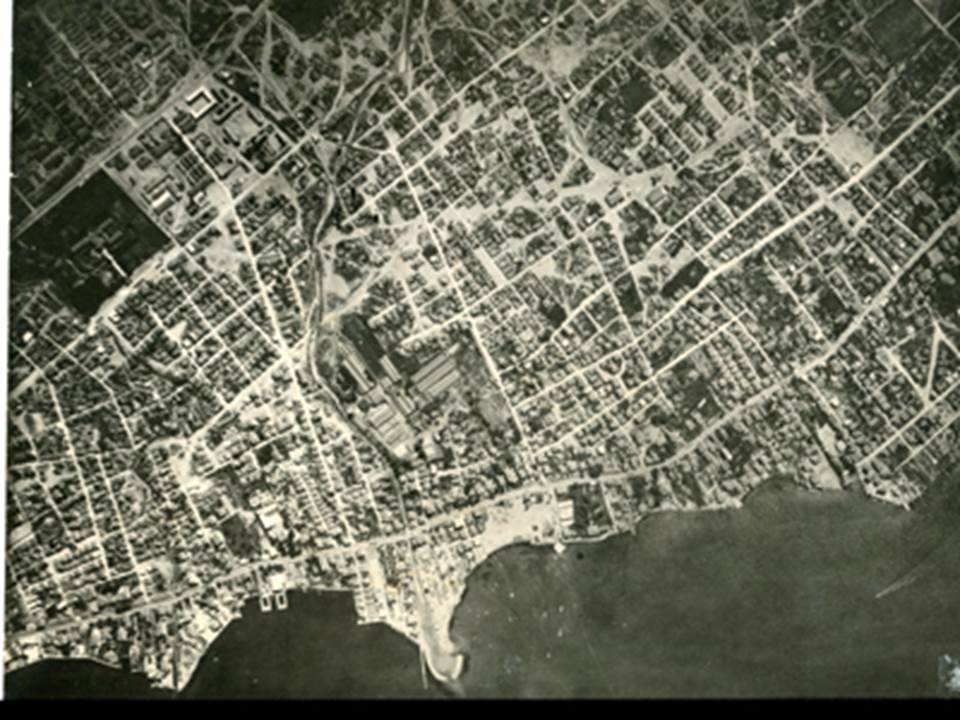
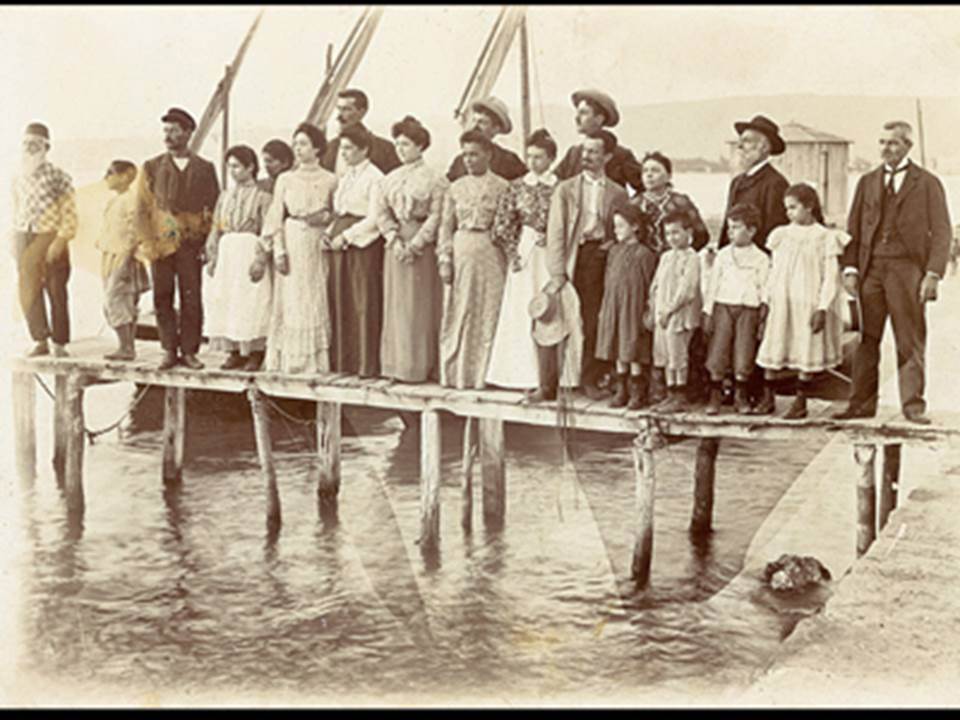
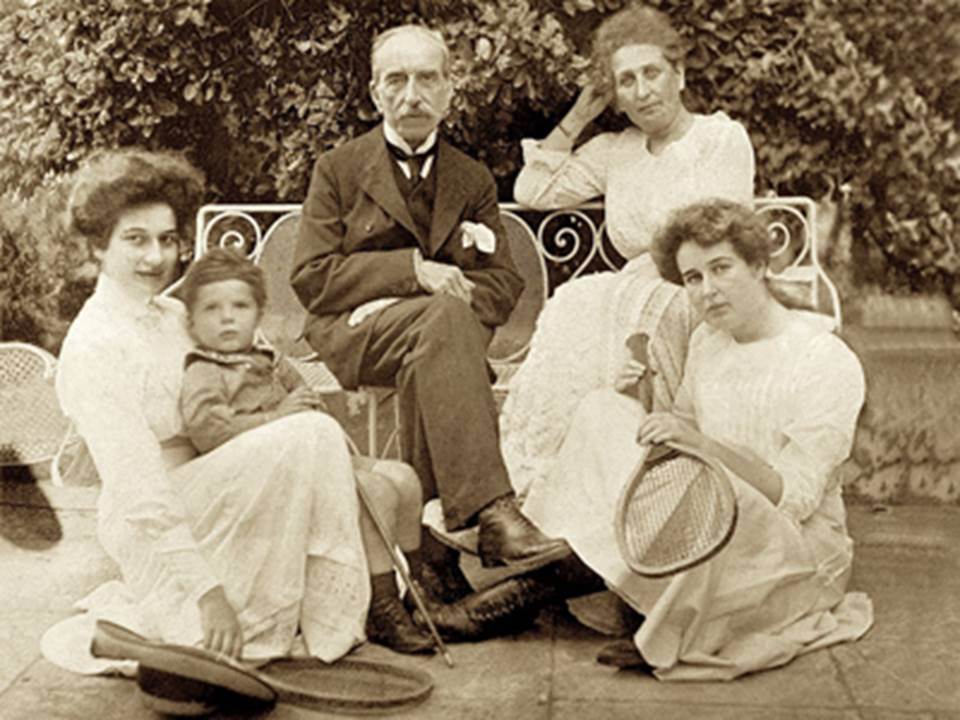
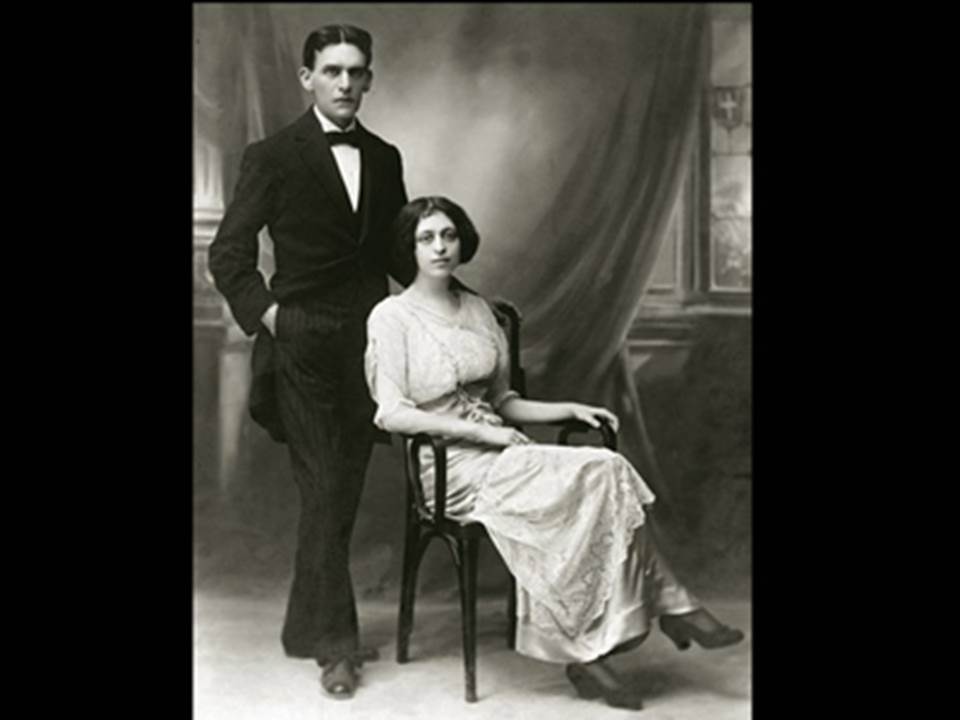
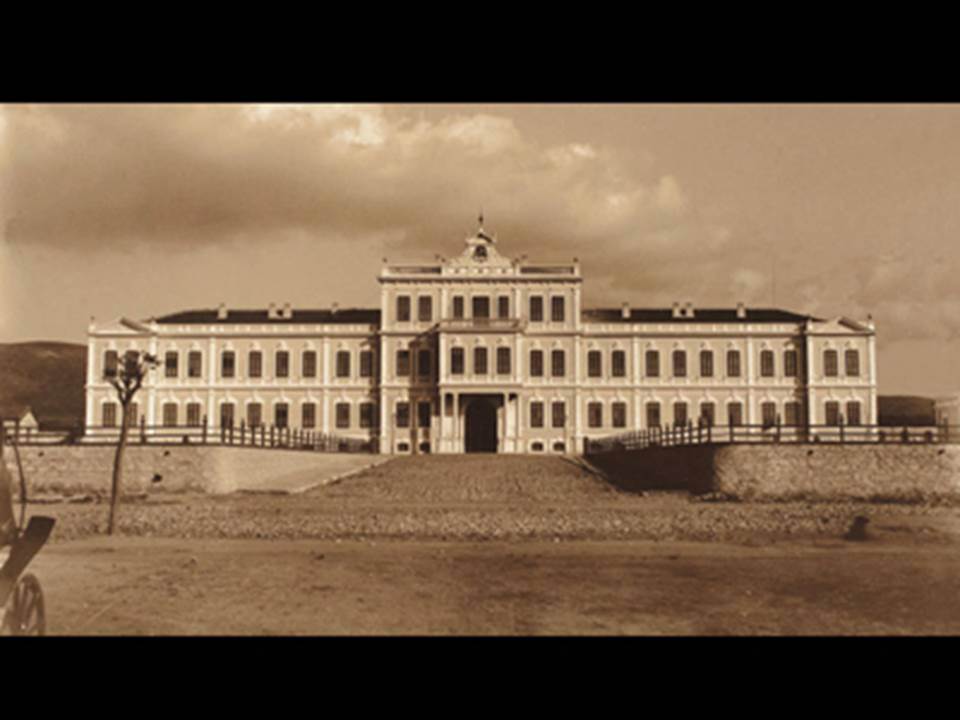
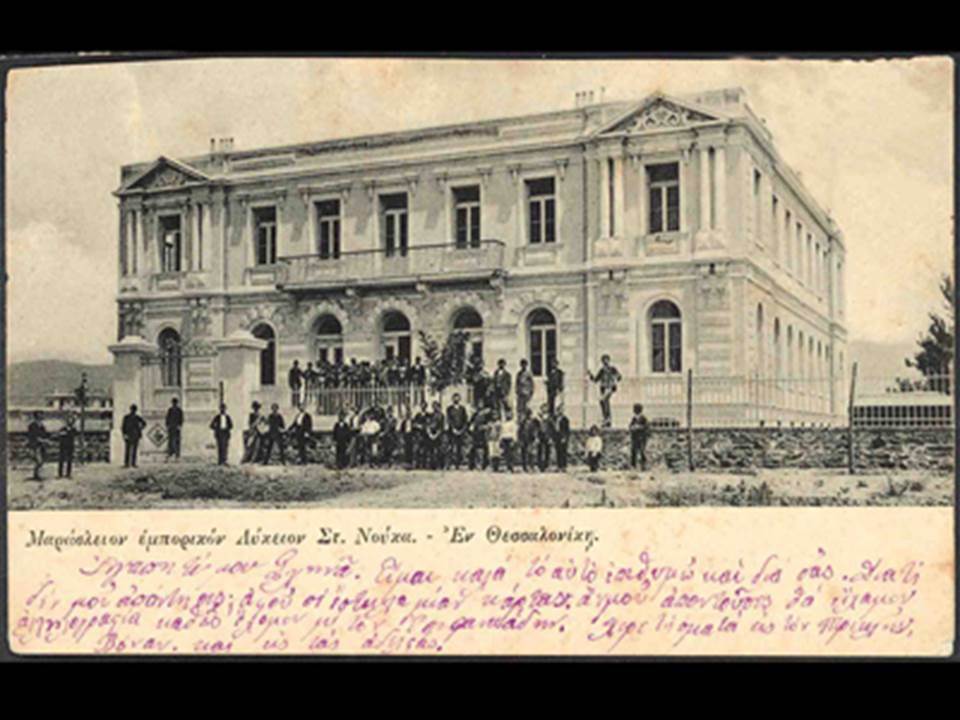
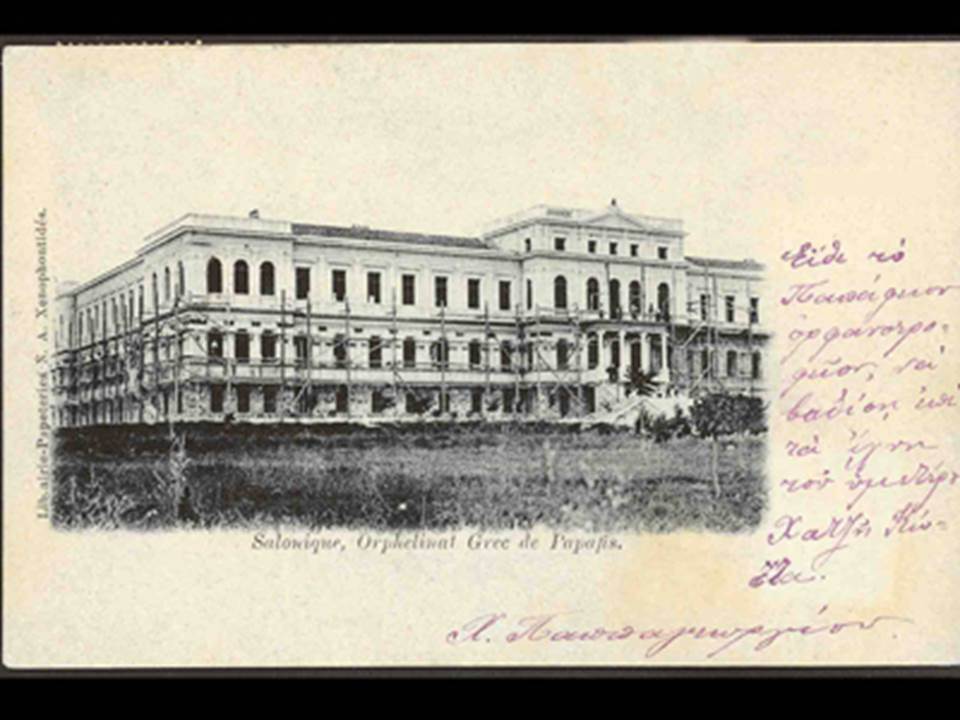
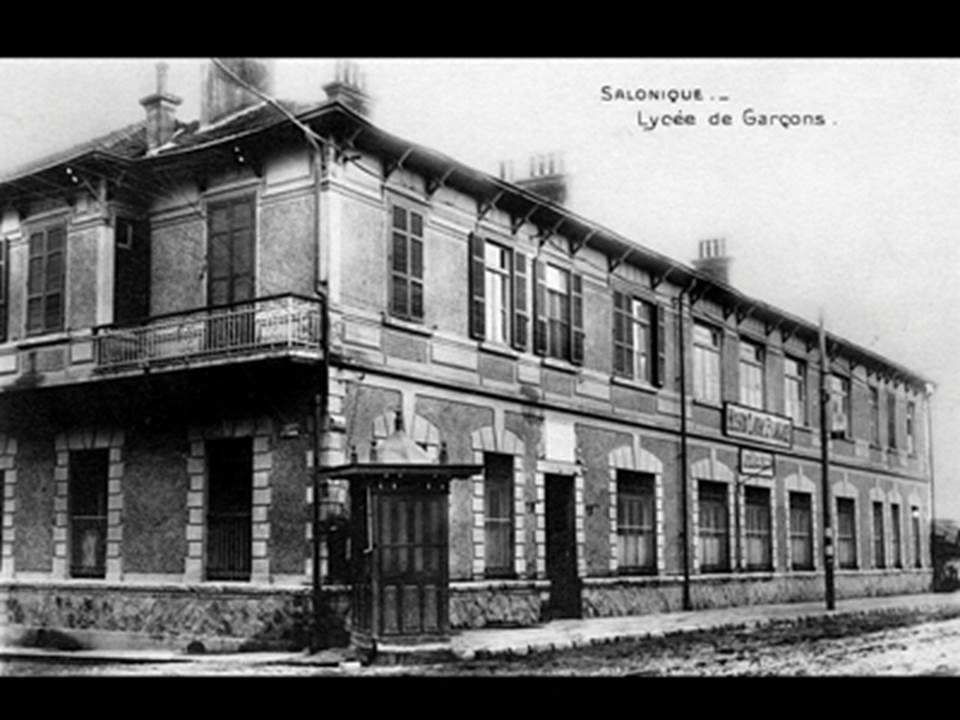
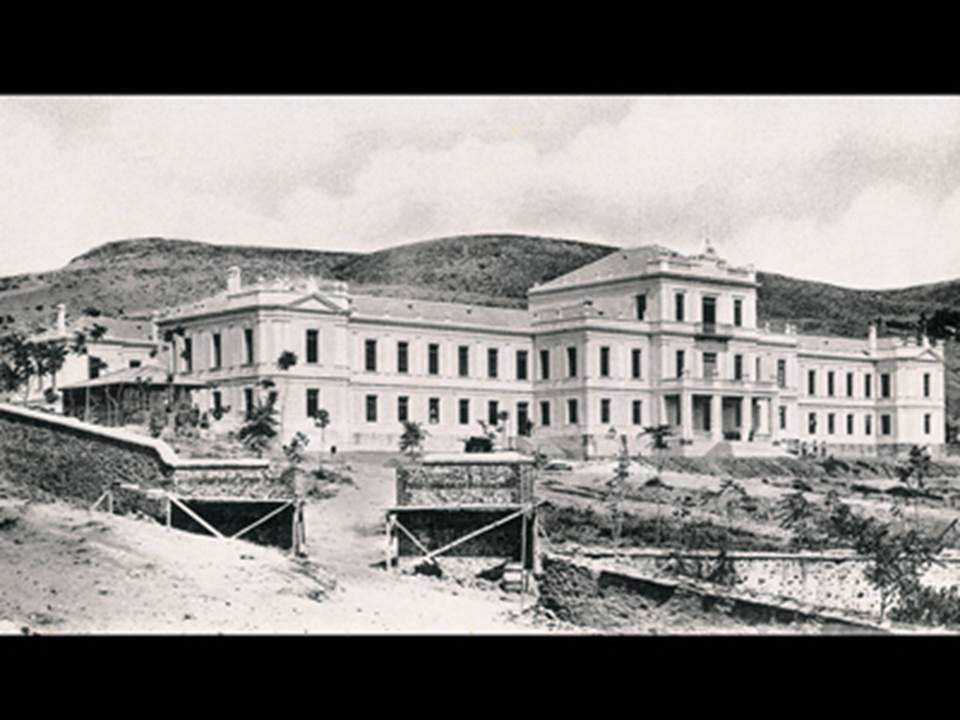
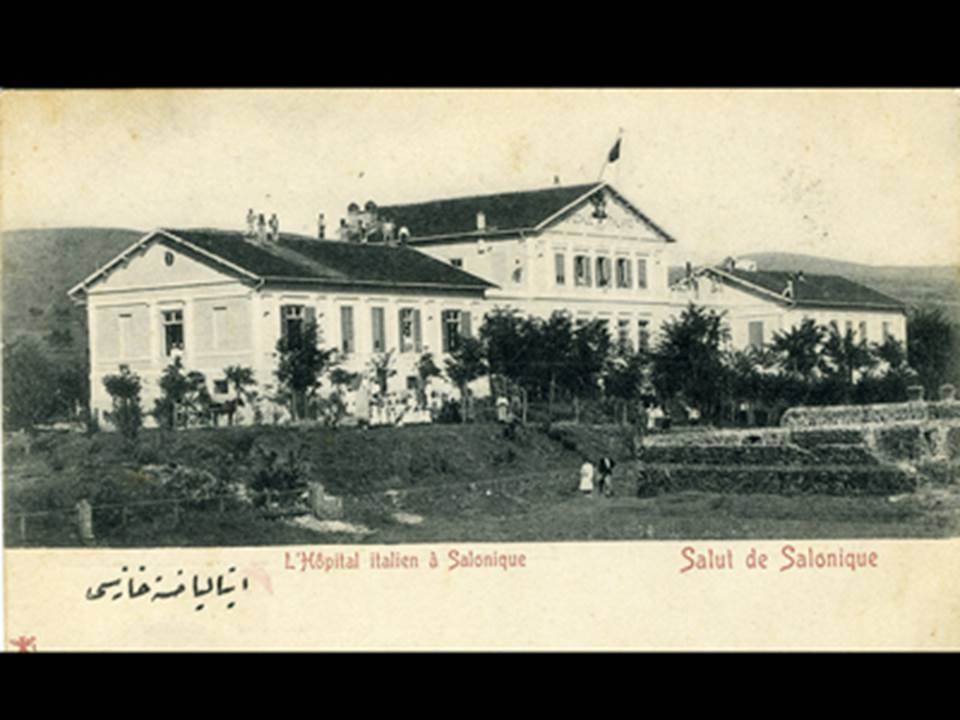
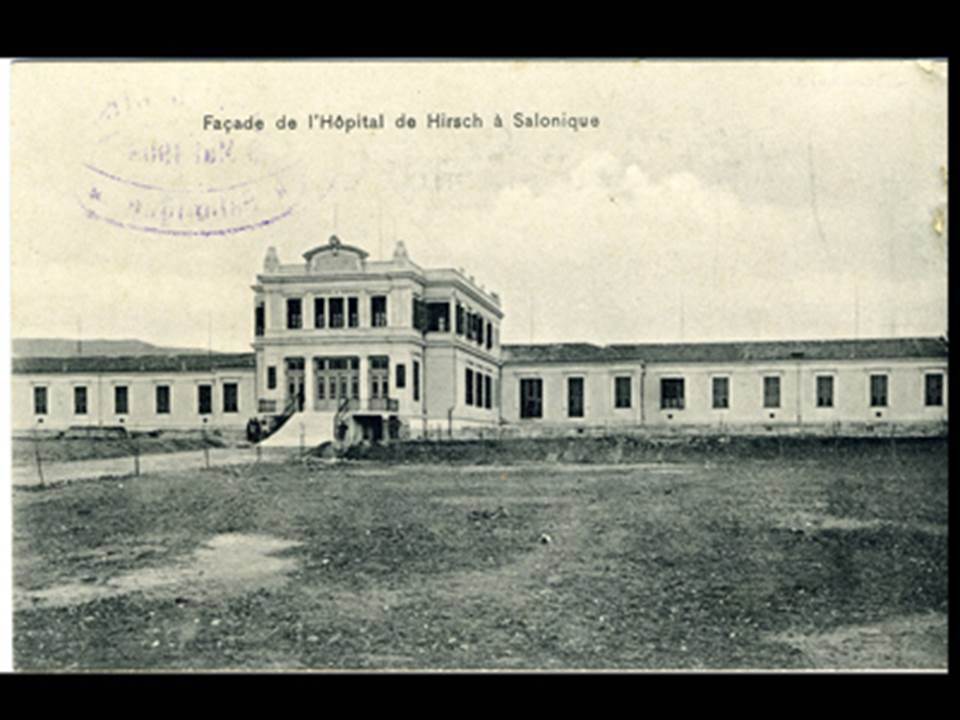
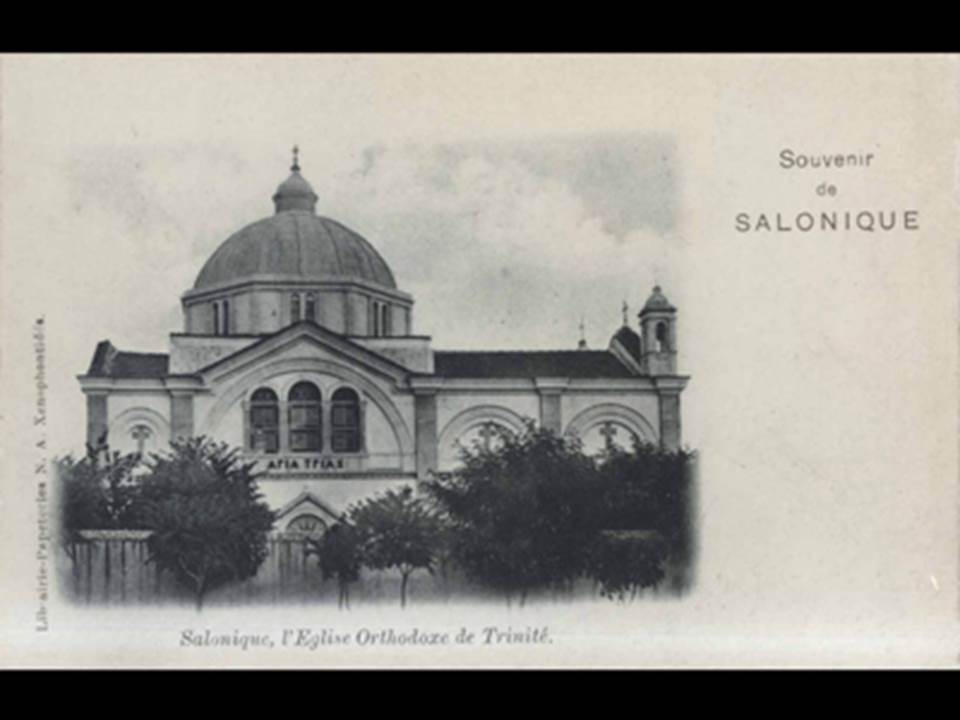
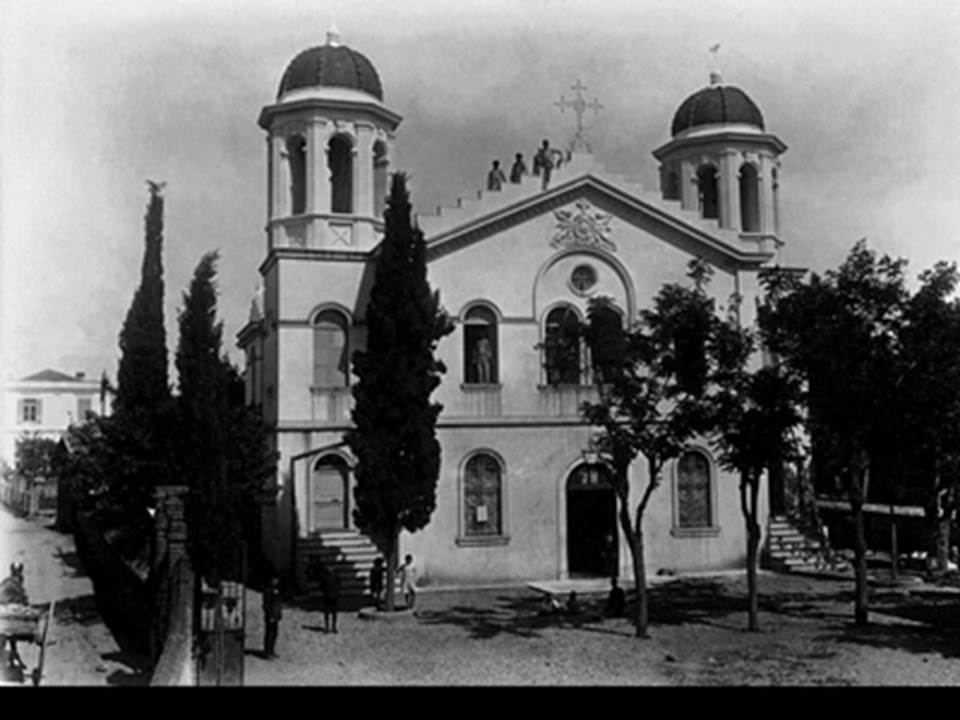
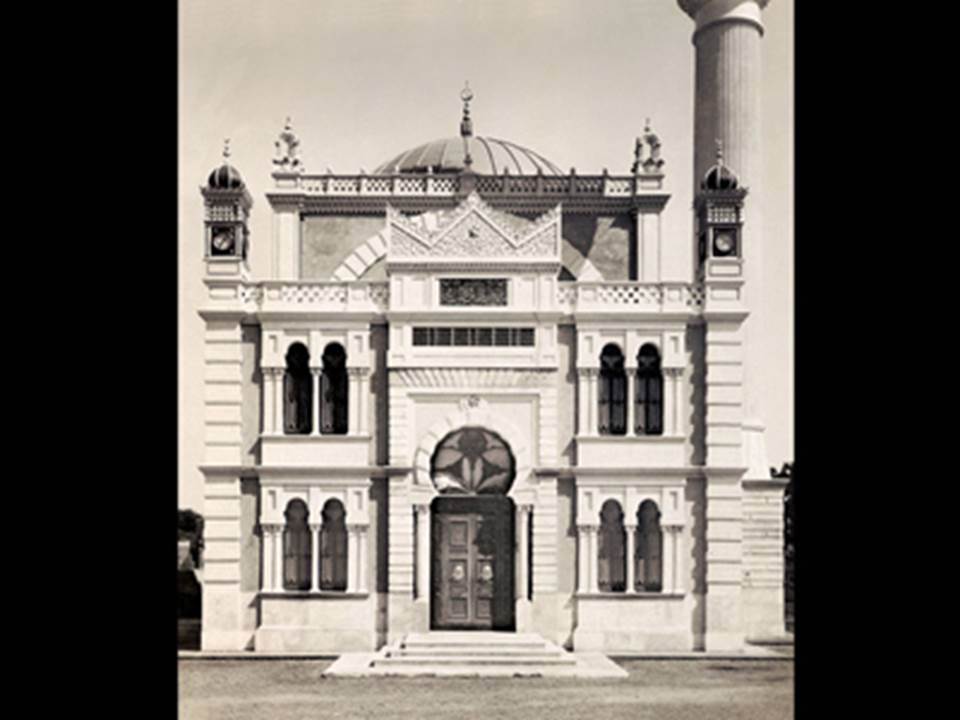
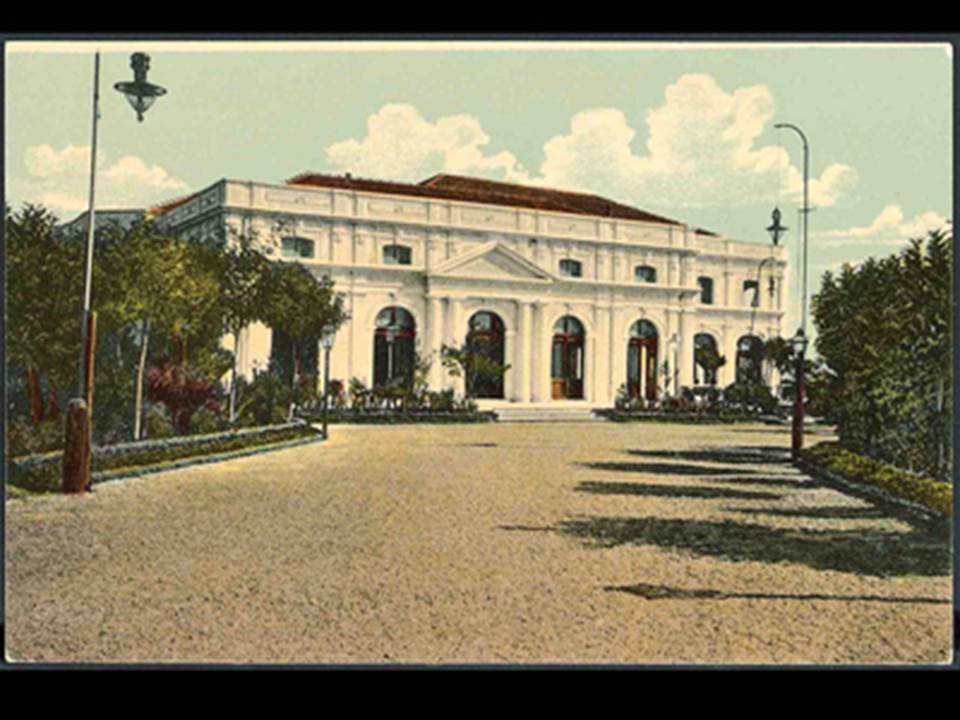
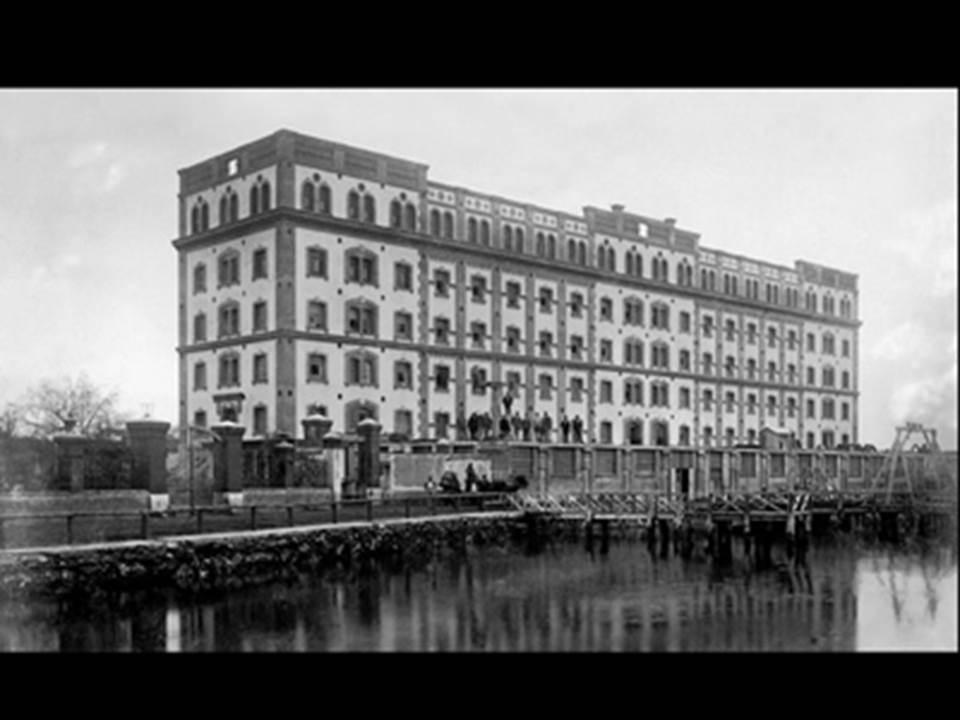
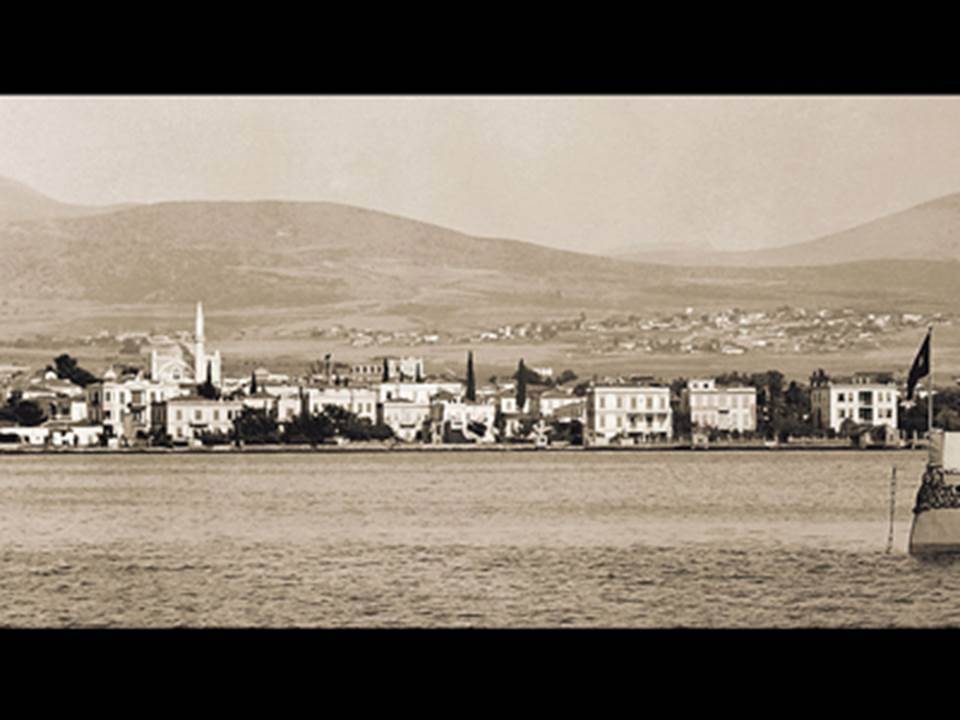
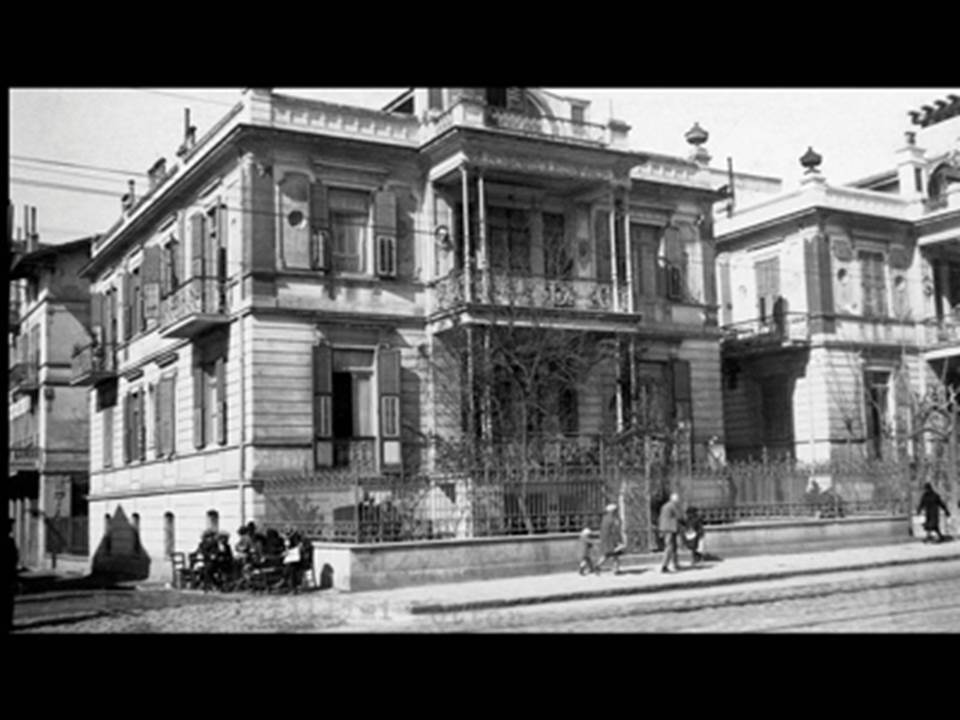
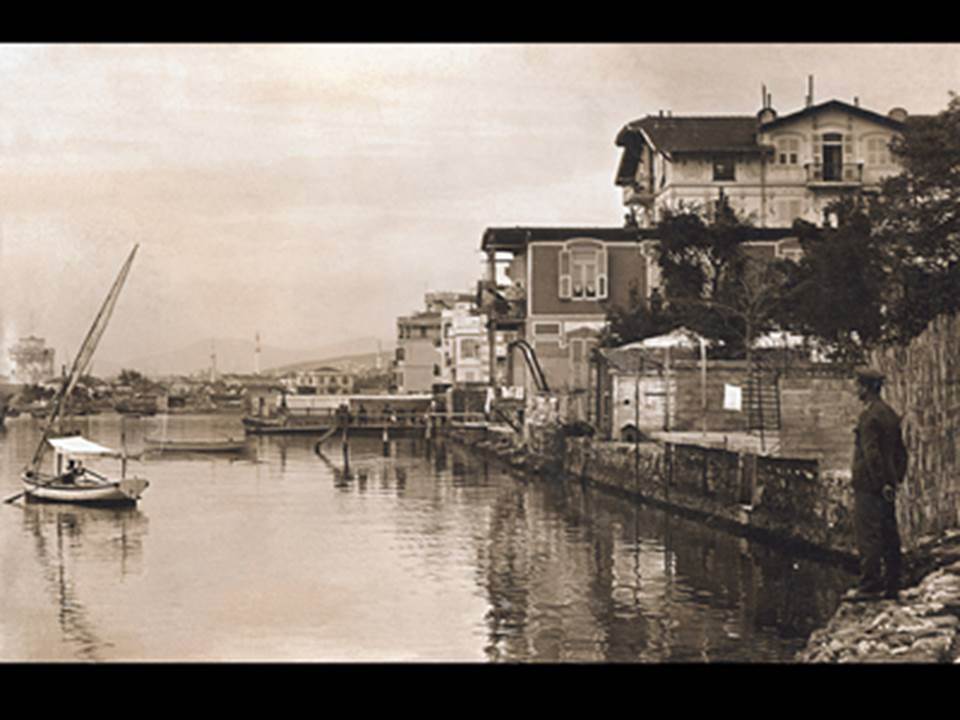
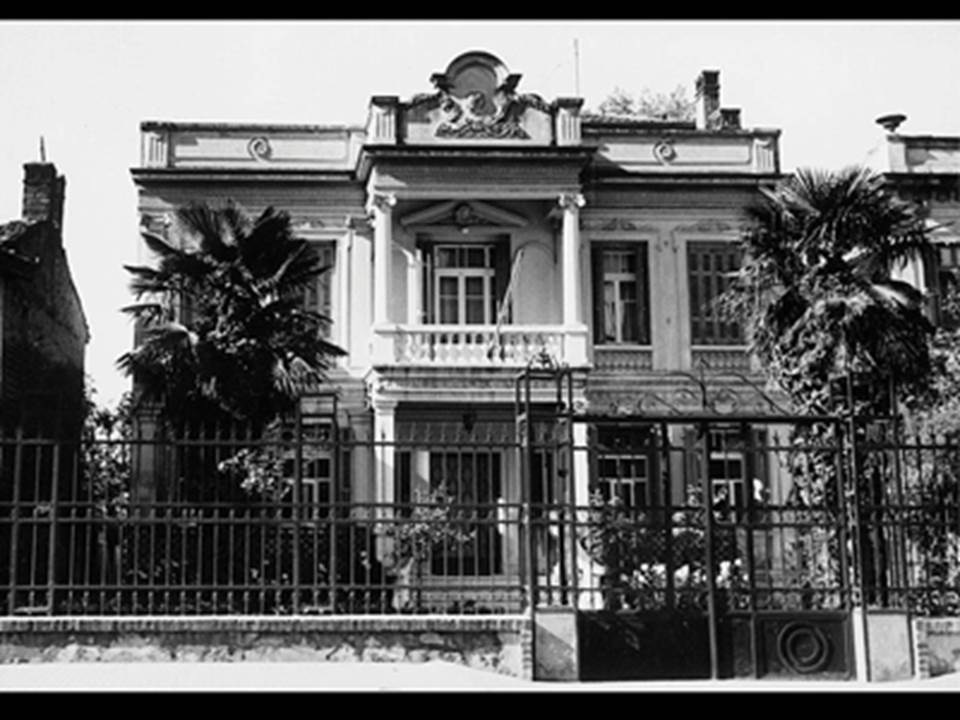
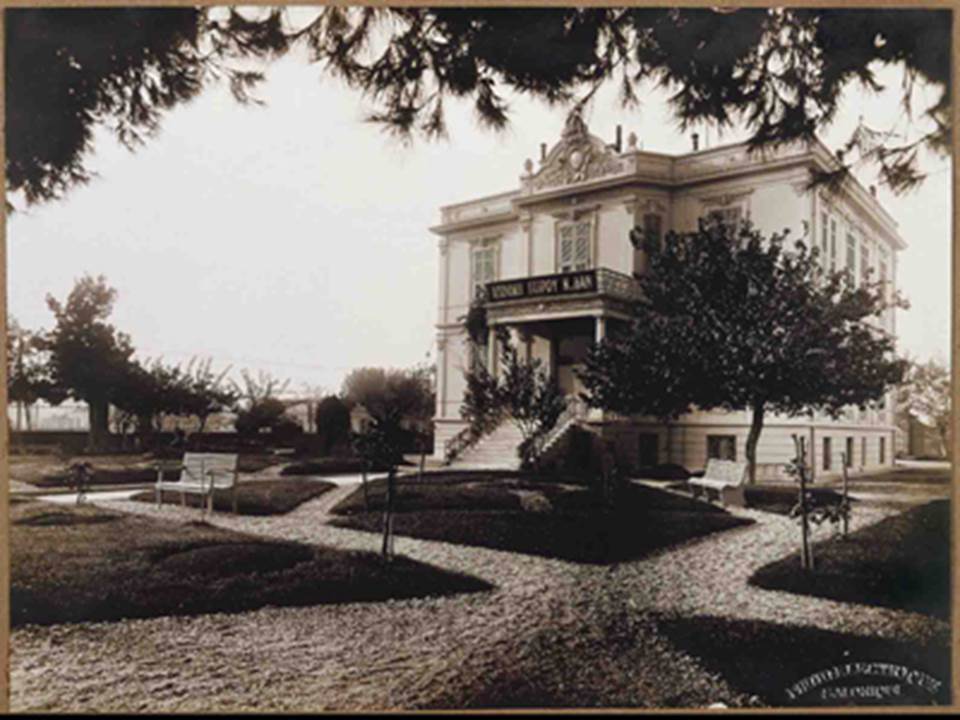
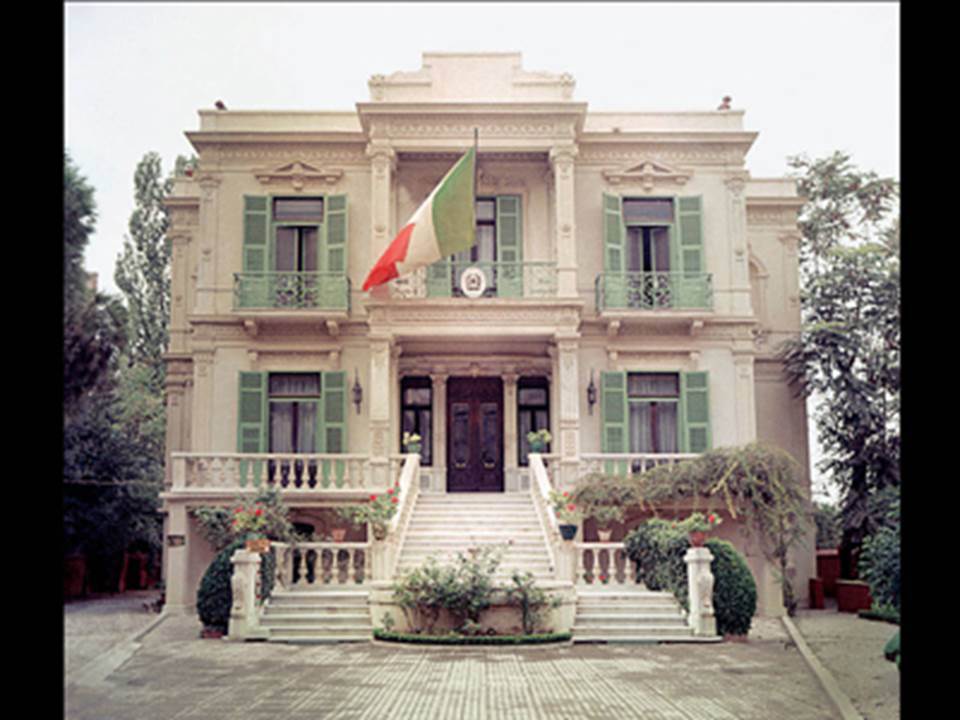
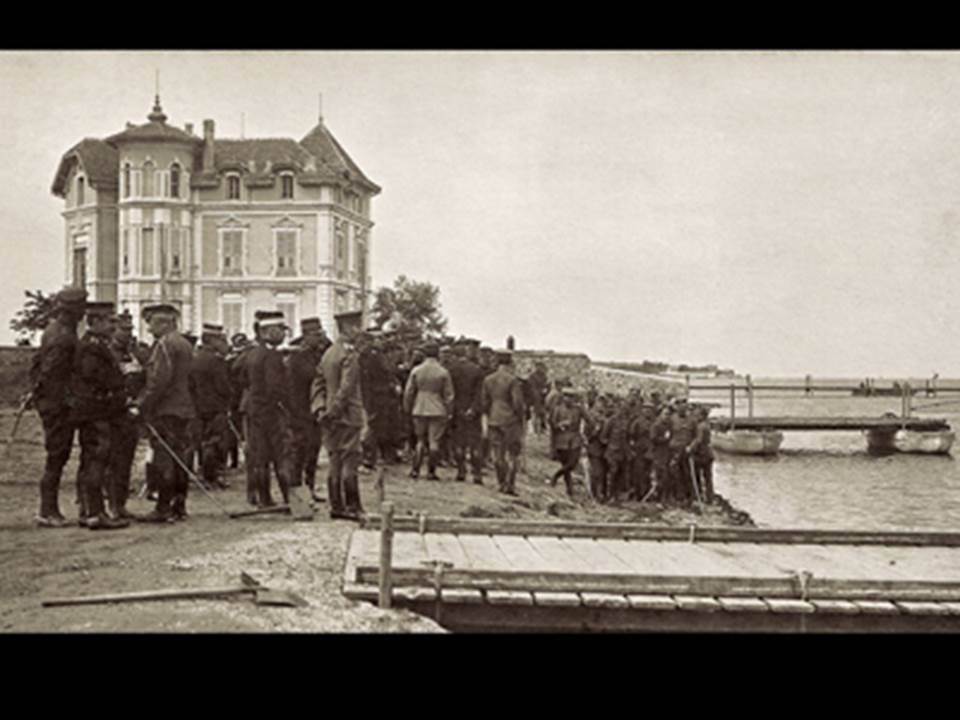
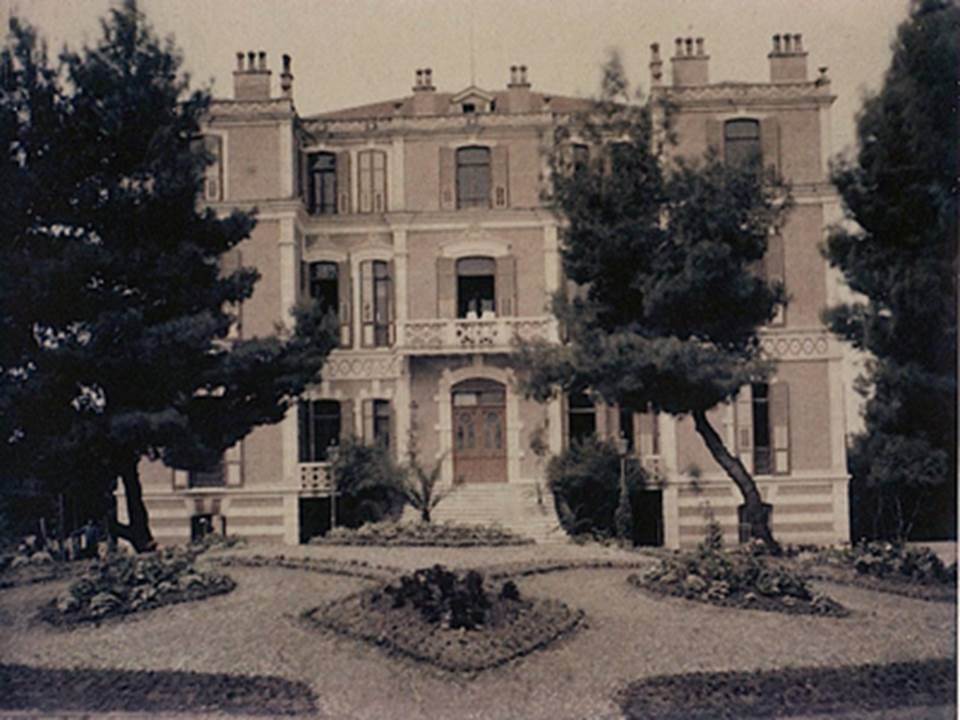
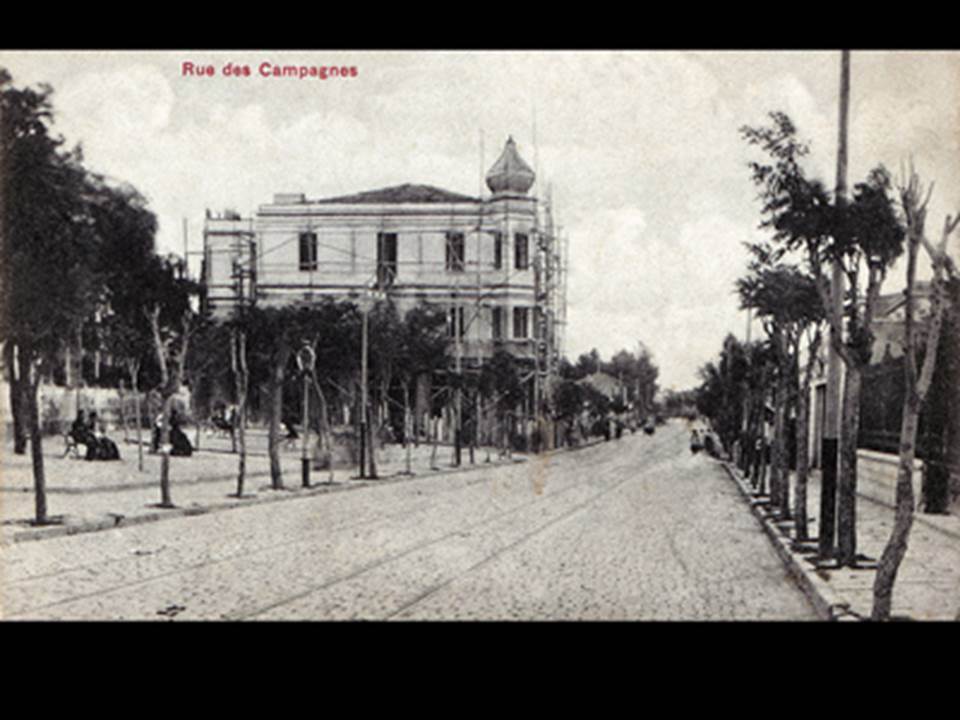
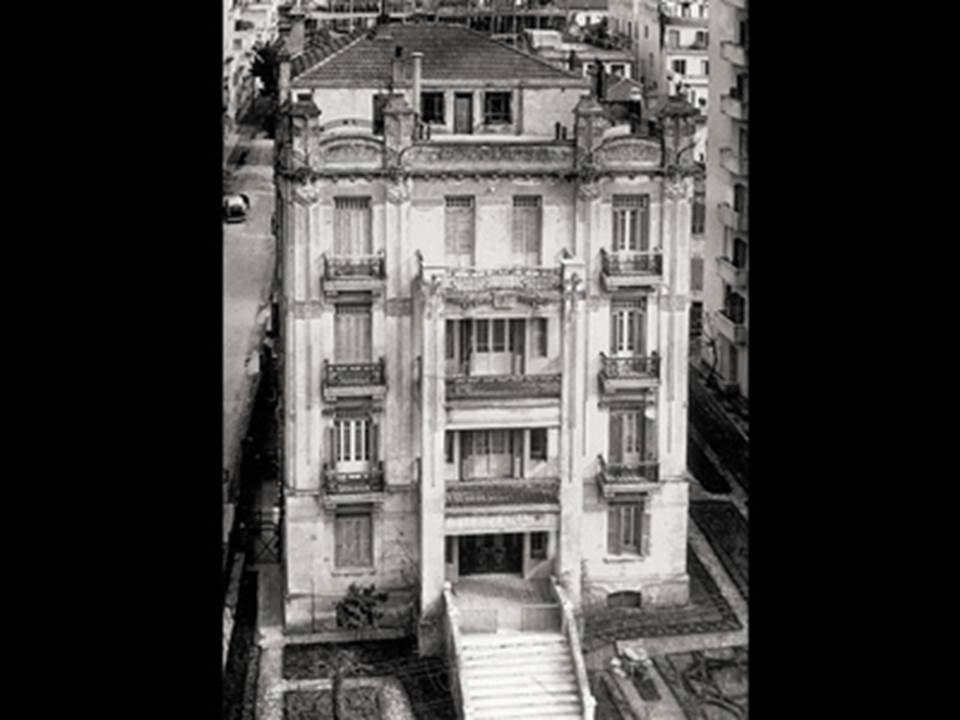
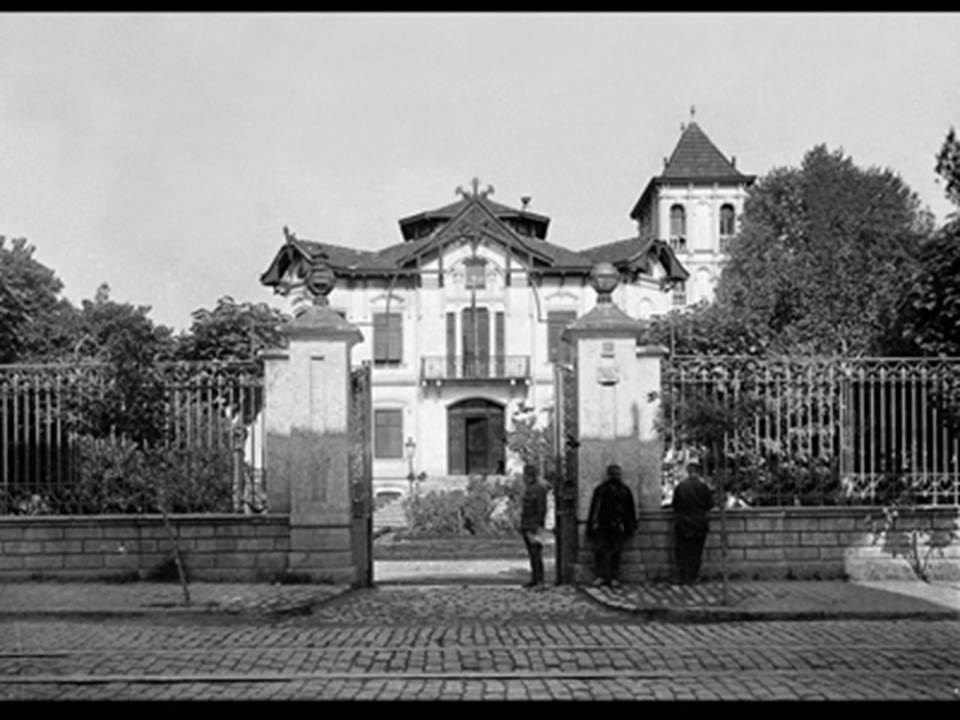
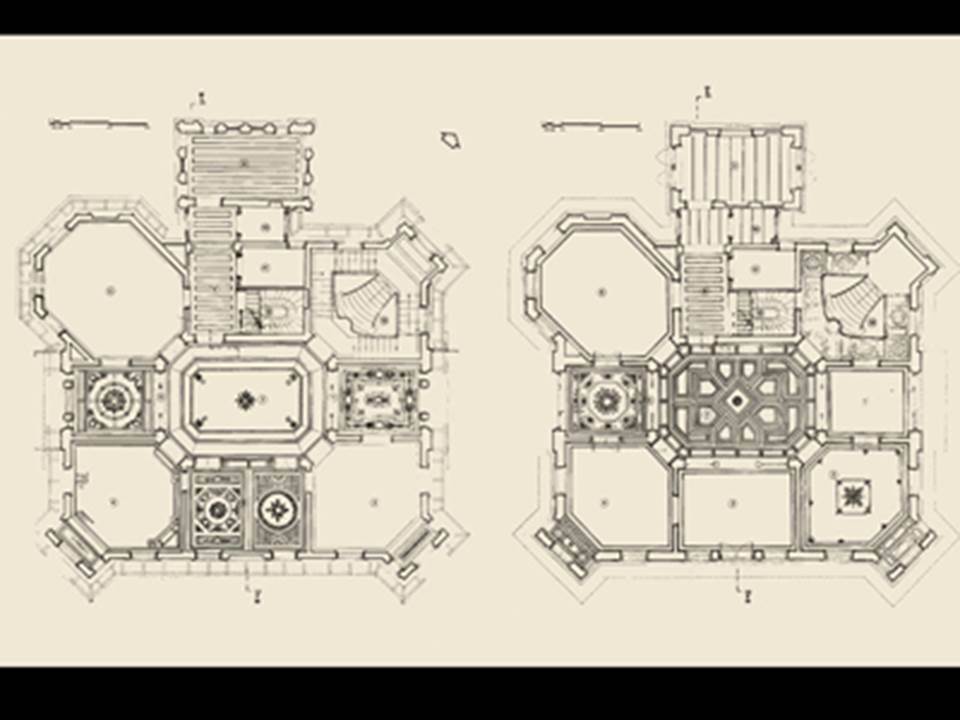
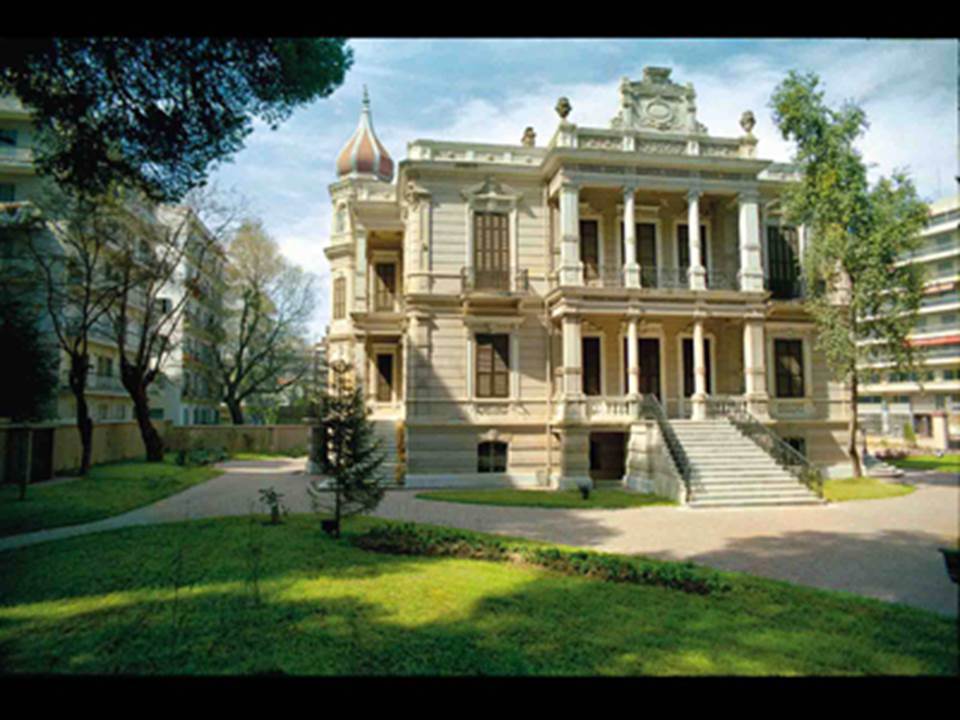
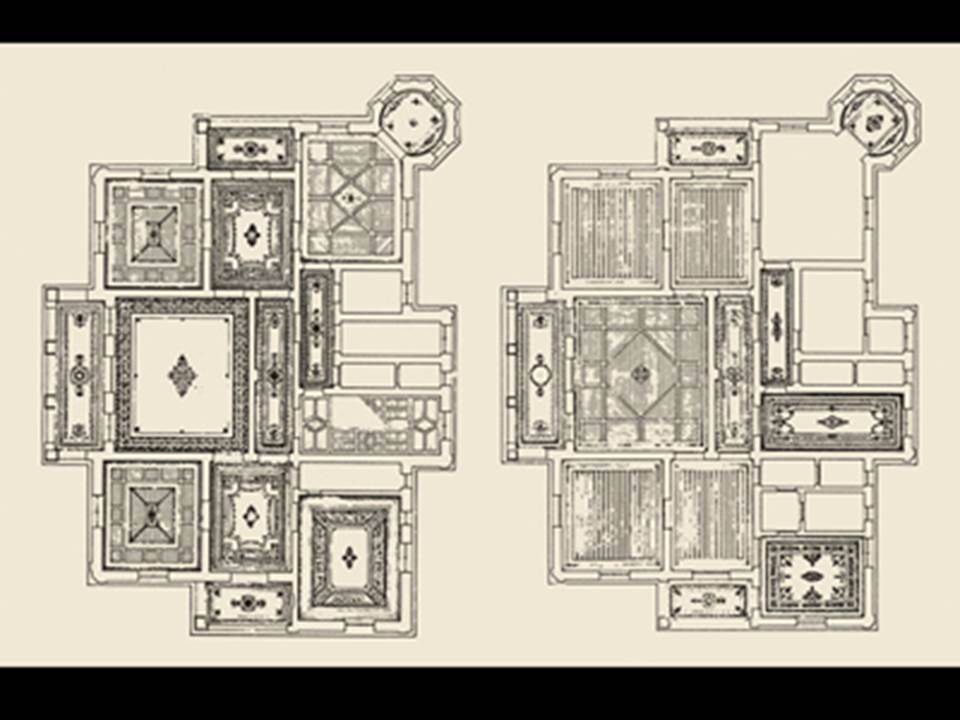
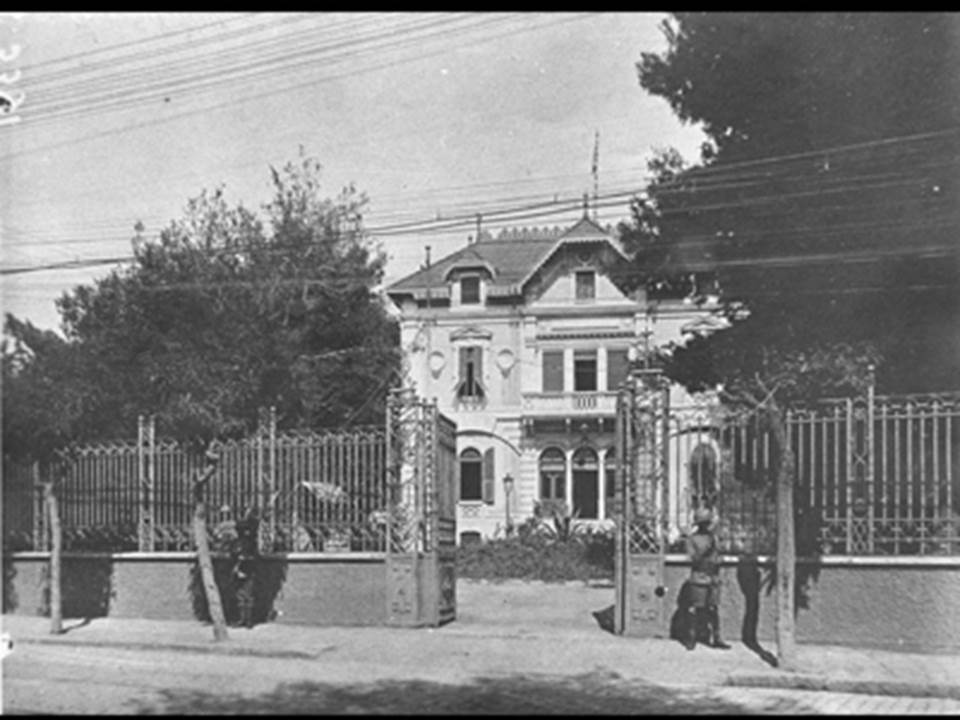
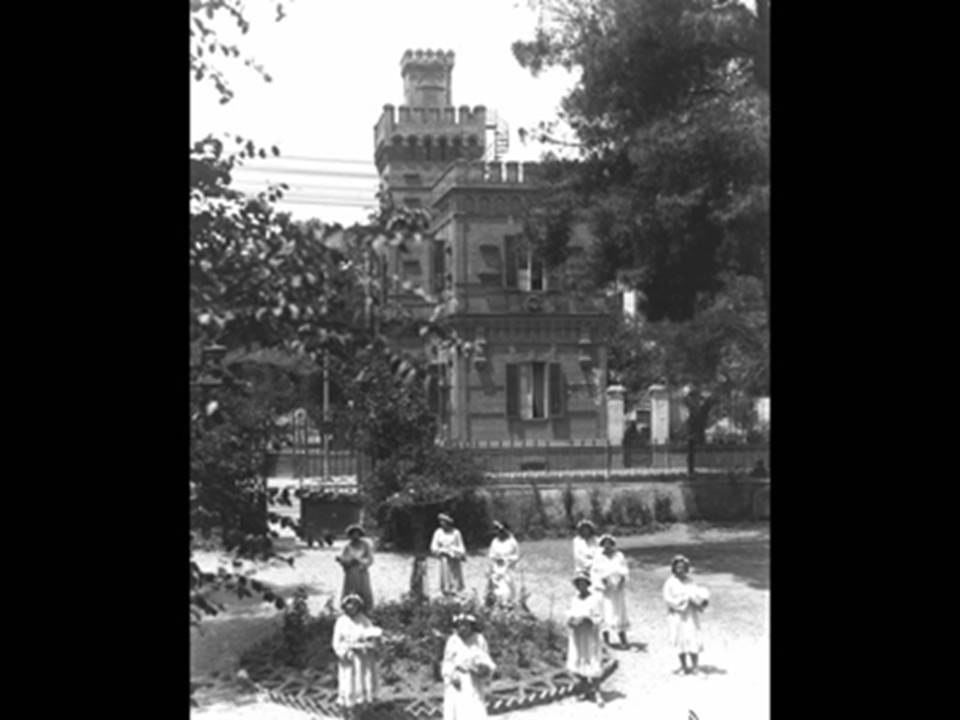
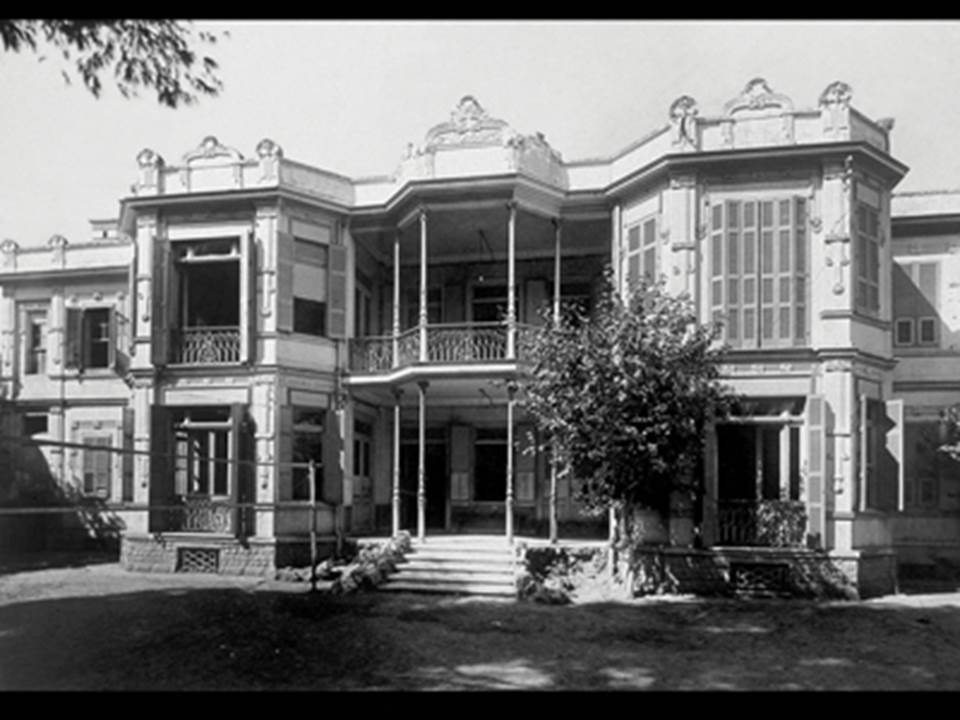
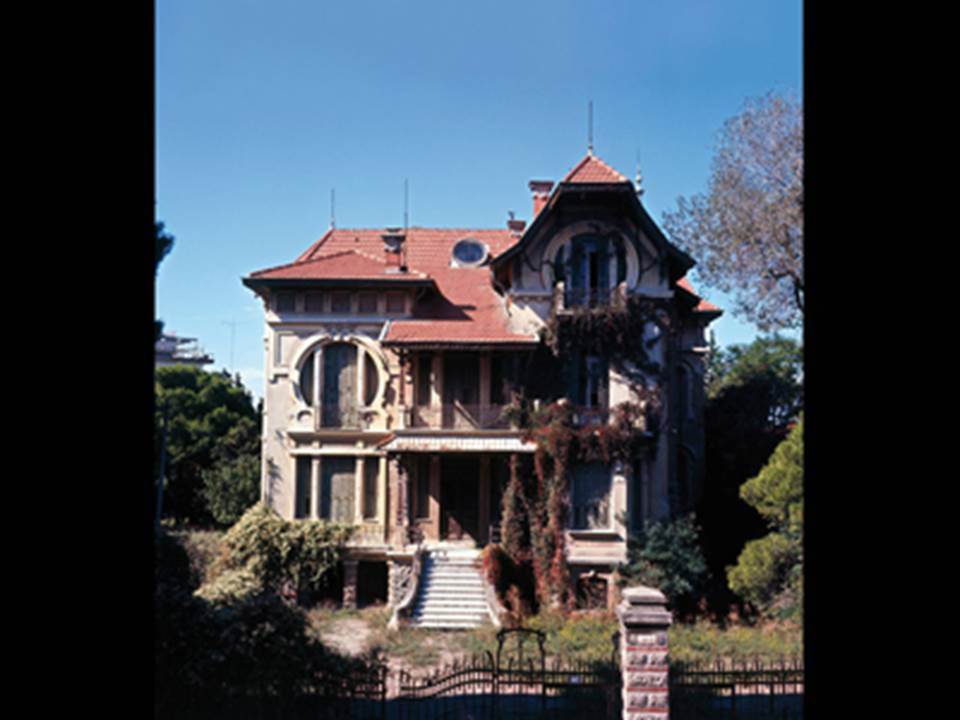
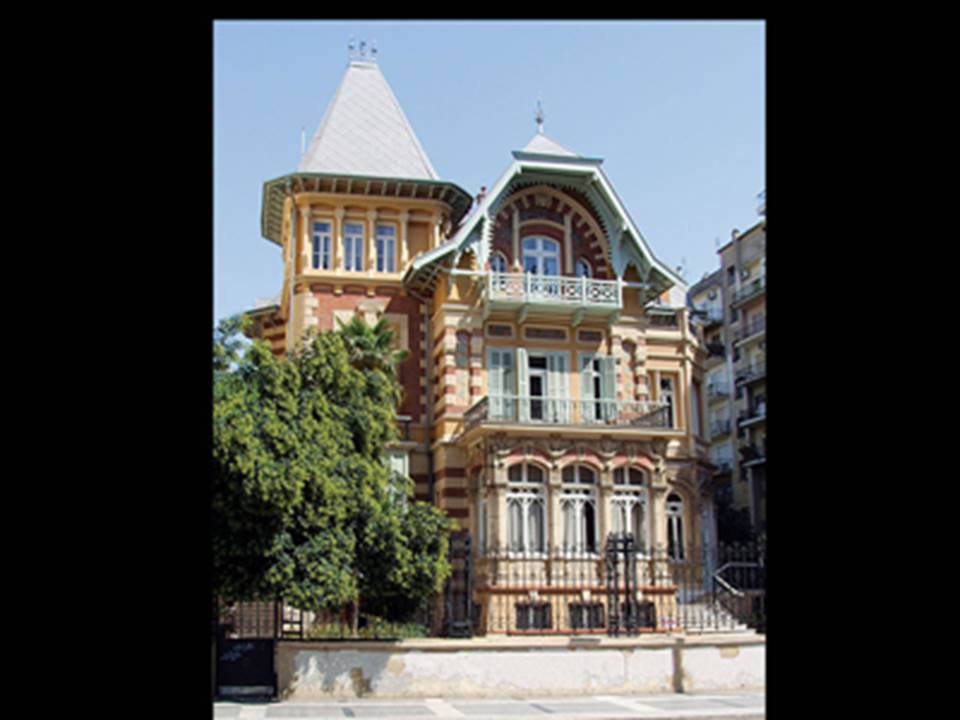
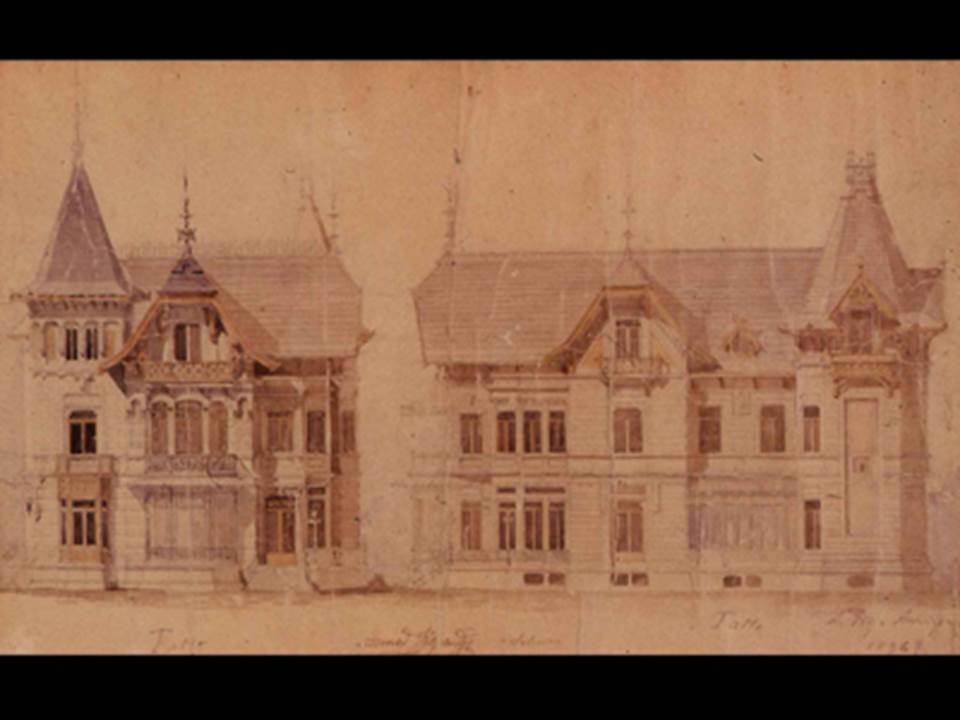
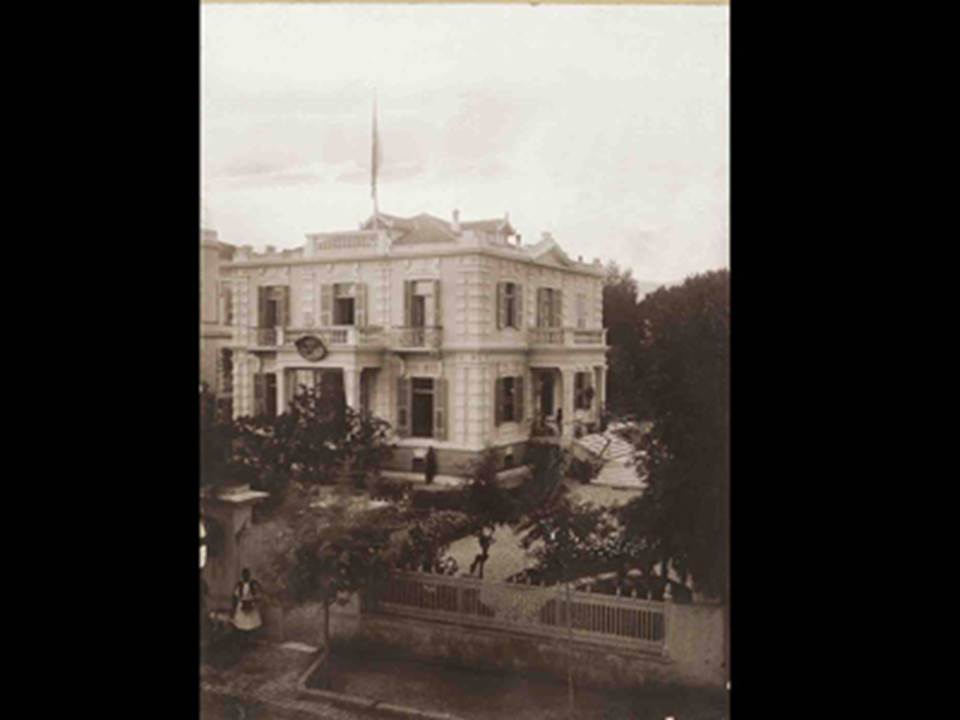
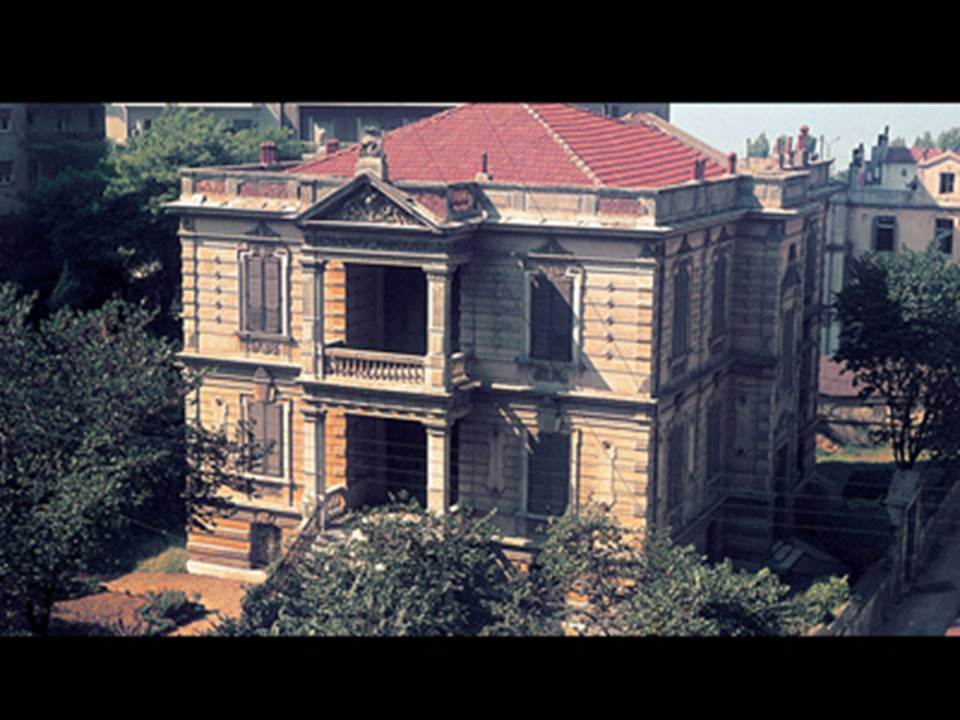
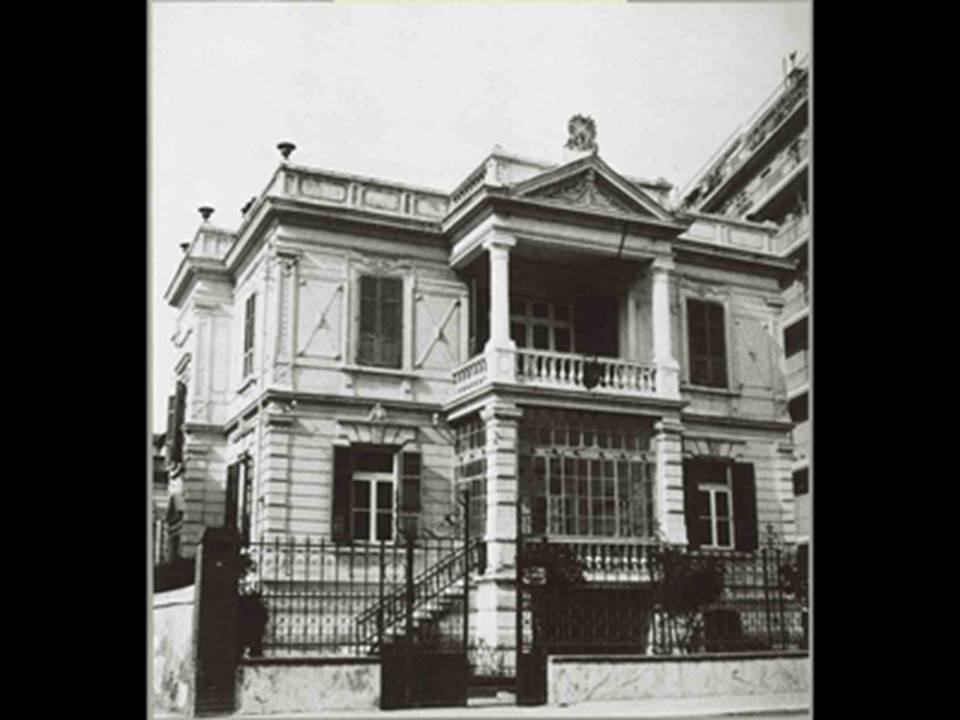
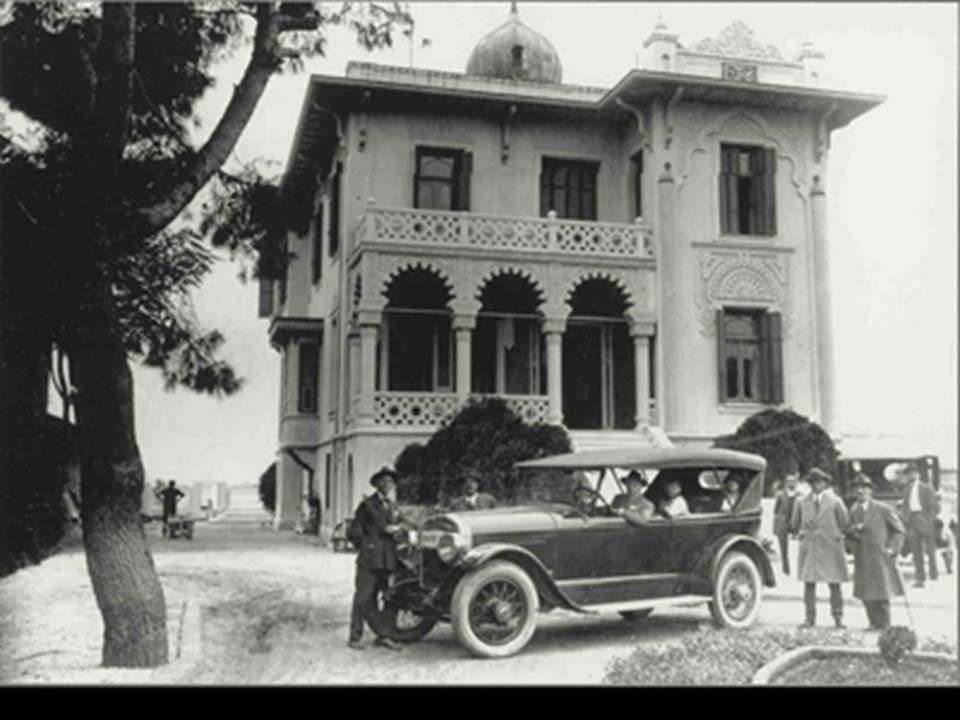
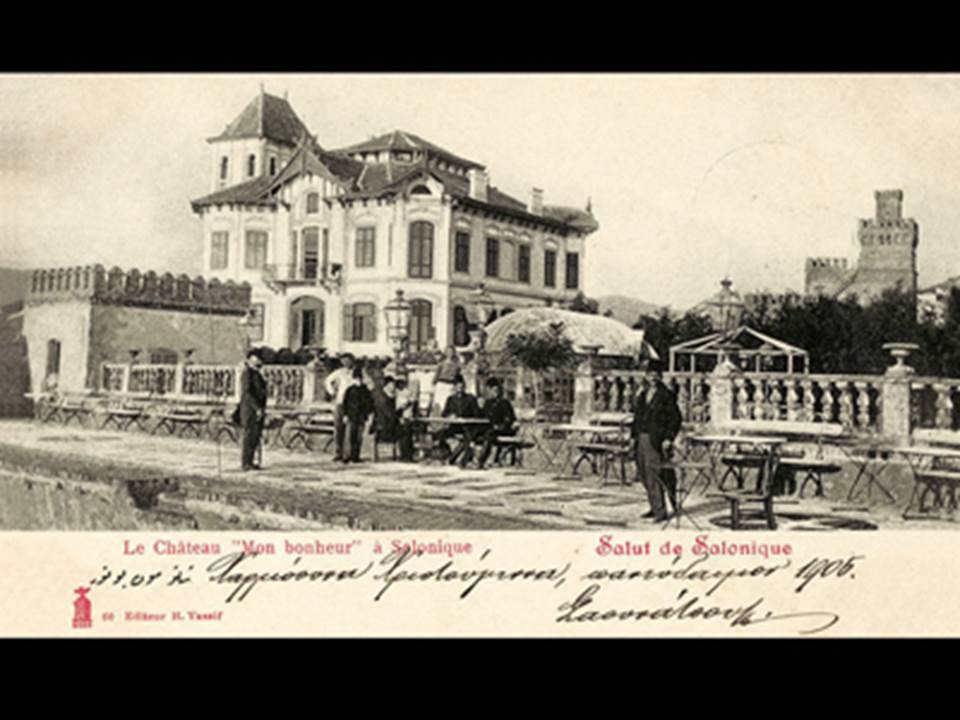
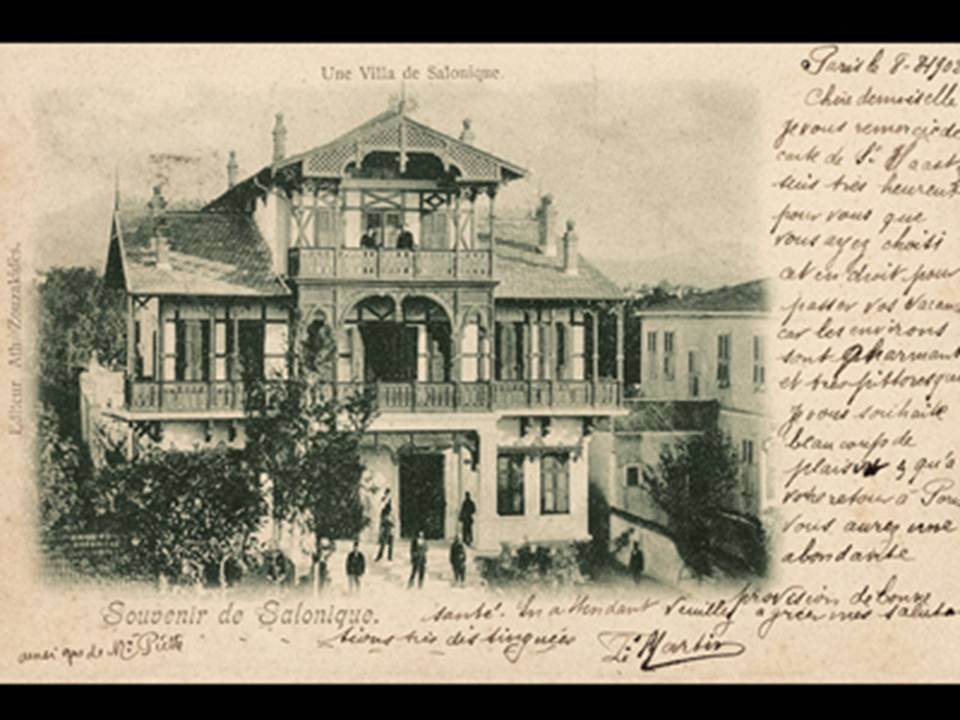
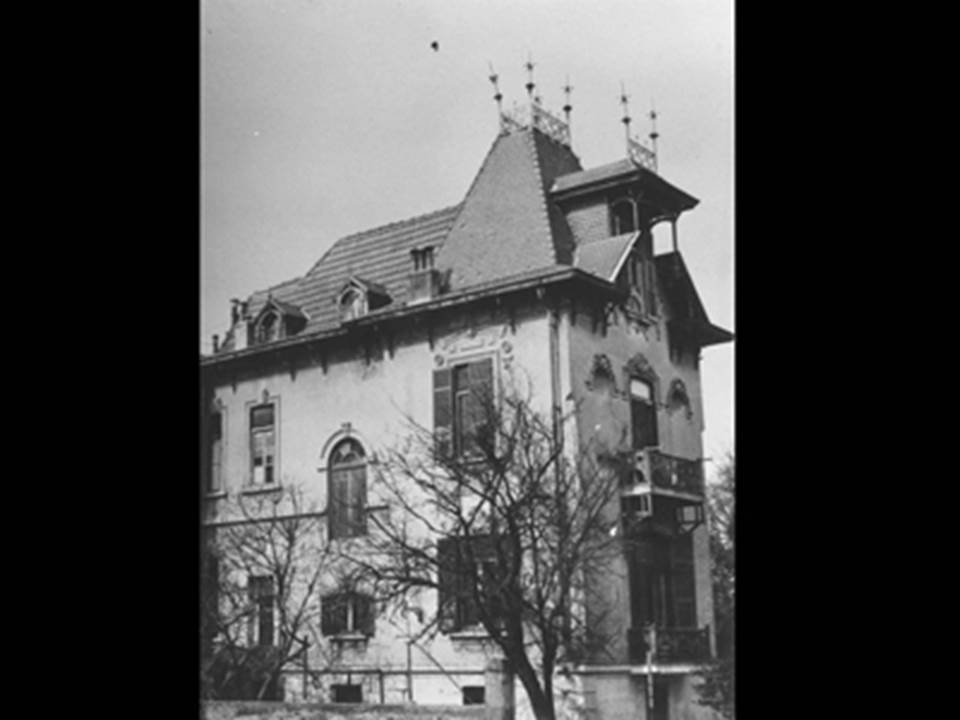
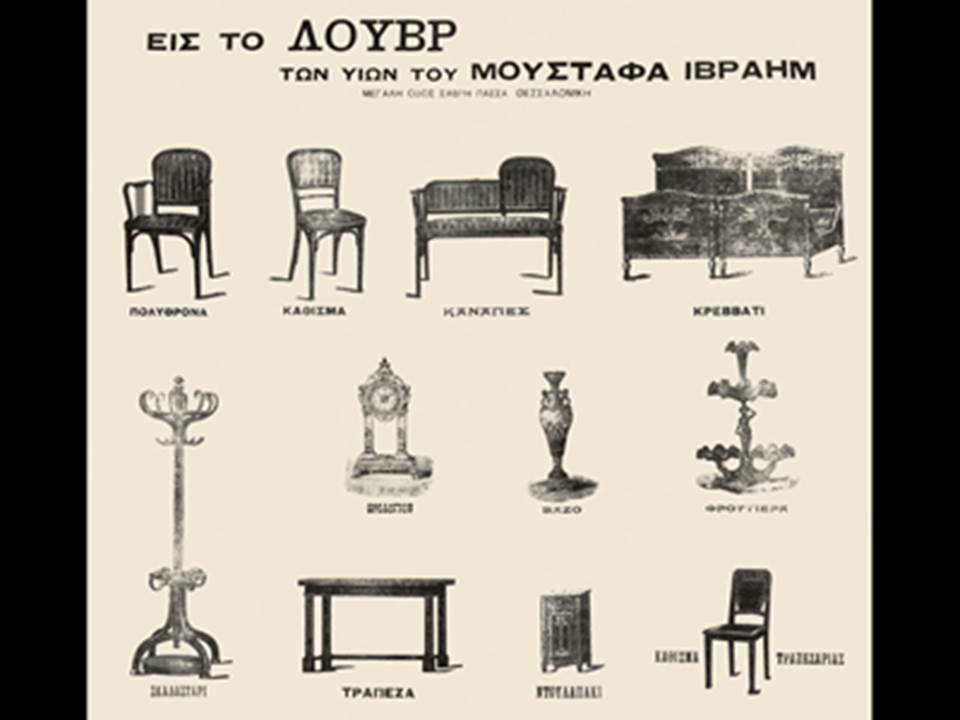
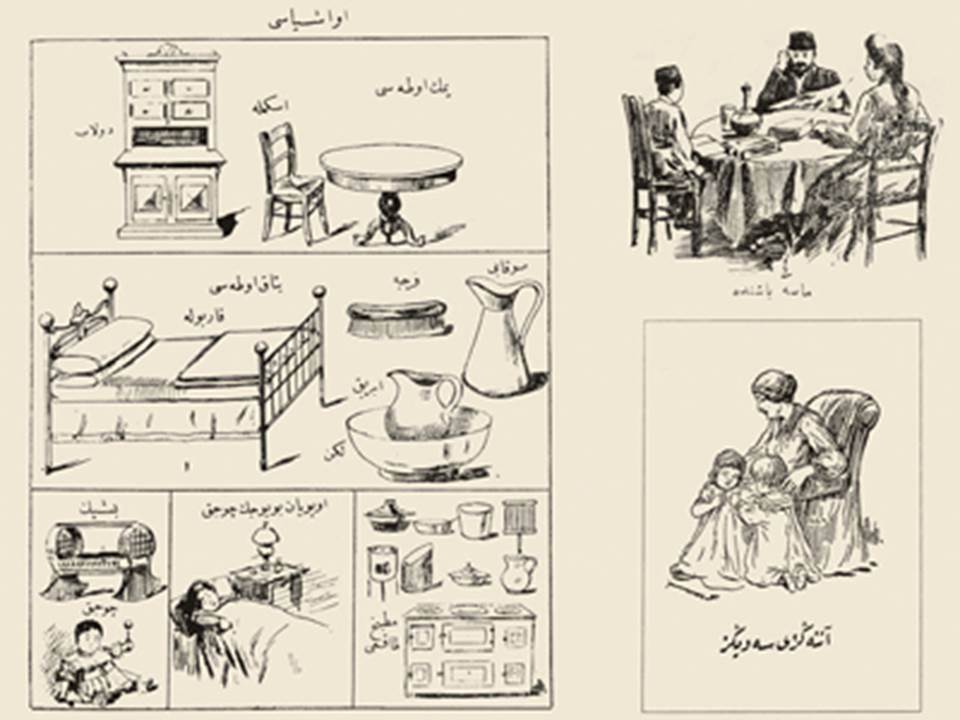
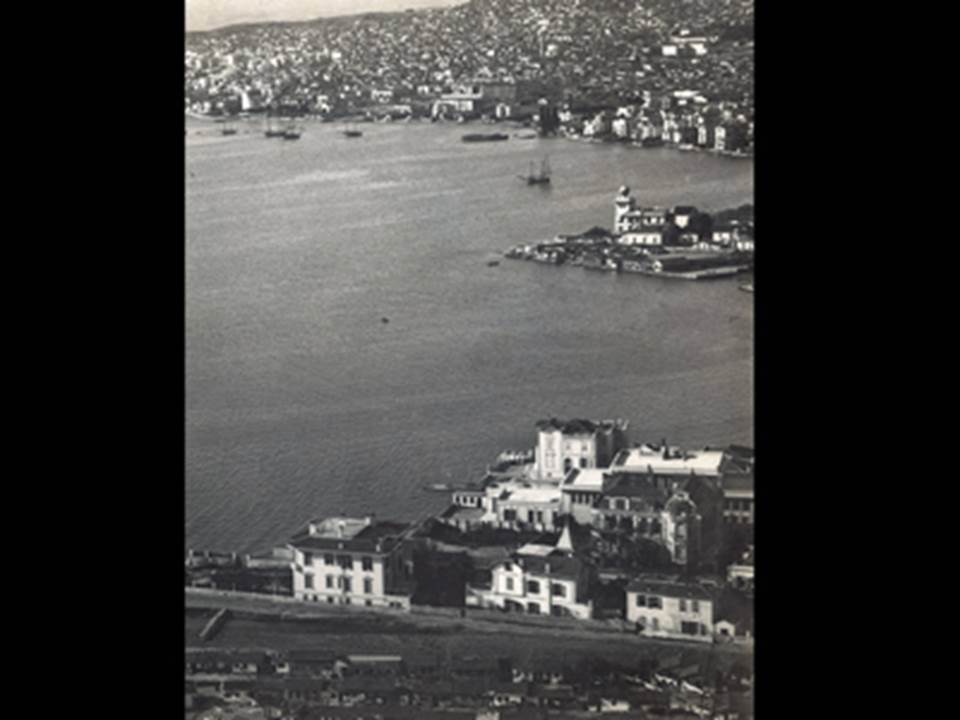
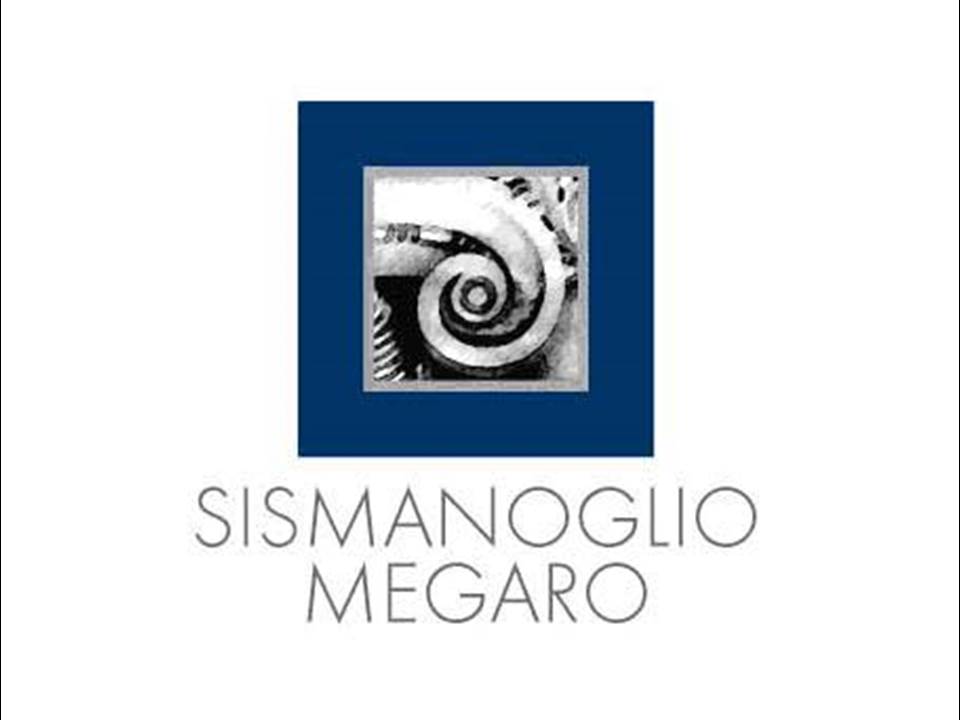
Colonas Vassilios
Molho Rena
Balta Εvangelia
Wittmann Richard
Γλώσσα
Türkçe
Ημερομηνία
15/03/2016
Διάρκεια
01:35:13
Εκδήλωση
Sismanoglio Megaro konuşmalar
Χώρος
Sismanoglio Megaro, Istanbul
Διοργάνωση
Γενικό Προξενείο της Ελλάδας στην Κωνσταντινούπολη
Scroll for English
Yunanistan Ulusal Araştırma Enstitüsü Osmanlı Araştırmaları Programı ve Orient-Institut Istanbul işbirliğiyle Sismanoglio Megaro binasında “Doğu Akdeniz’de Osmanlı Geçmişini Hatırlamak” başlıklı bir konuşmalar dizisi düzenliyor. Ekim 2015 – Mayıs 2016 eğitim öğretim döneminde Sismanoglio Megaro’da Evangelia Balta (Program of Ottoman Studies, National Hellenic Research Foundation, Athens) ile Richard Wittmann’ın (Orient-Institut, Istanbul) birlikte düzenleyeceği bu konferans dizisi, Doğu Akdeniz bölgesindeki günümüz sakinlerinin ortak geçmişlerinin çeşitli yönlerine ışık tutmayı amaçlıyor. Bu konferans dizisi Orient-Institut Istanbul ile Program of Ottoman Studies at the National Hellenic Research Foundation’ın araştırma alanlarıyla örtüşmektedir. Osmanlı İmparatorluğu’nun yıkılışının sonuçlarıyla etkilerinin halen hissedildiği günümüzde, bu konferanslar hâkim tarihyazımının standart kurallarını ve sınırlarını zorlayan çok sayıda kaynağa odaklanmaktadır. Kişisel ve resmi yazılı kaynaklarının yanı sıra görsel ve sanatsal ifade biçimlerini de araştırma sürecine dahil eden bu dizi, bu geniş –ve yüzyıllar boyunca bir bütün olarak kalmış– coğrafi alanda yirminci yüzyılın ilk otuz yılındaki derin siyasi değişikliklere eşlik eden kopuşlara ve sürekliliklere bir ışık tutma denemesi olacaktır. Devamını oku: http://goo.gl/JDzkt4
Vassilios Colonas: “Yeni Şehir Güzeldir”. Selanik Hamidiye Mahallesinin Tasviri (1885-1912)
Özet
“Istanbul’i mukayese edebileceğim tek şehir Selanik” diye yazmıştı 1908’de İstanbul’daki İngiliz Büyükelçiliğinin eski sekreteri Sir Charles Elliot. “Hiçbir zaman imparatorluk ikametgahı olmamasına rağmen köklü ve önemli olaylarla dolu tarihi, çokdilli ve kozmopolitan ahalisi ve mütemadiyen Avrupalı ve Türk olmayan güçlü etkilere maruz kalışı Selanik’in muhteşem bir şehir oluşunun göstergeleridir.” 1885-1912 yılları arasında Selanik’in güneydoğu duvarlarının dışında yeni bir semt ortaya çıkıyordu. Eksohes / Campagnes ya da resmi adıyla Hamidiye’de itici güç, yeni ve daha yüksek standartları karşılayacak bir semt kurmaya ve gelişmekte olan ve kısa zamanda güçlenecek orta sınıfın yerleşeceği bir meskun mahale duyulan ihtiyaçtı. Eski şehrin duvarları içindeki örneklerin aksine bu bölgenin sakinleri ayrıksı etnik-dini topluluklar halinde yaşamıyorlardı. Bölgede yaşama tercihi, tamamen maddi ya da sosyal mahiyet kriterine dayalıydı. Yeni bölgede ev sahibi olmaya bağlı bu statü, burada yaşama tercihinde büyük bir etkendi. Geç on dokuzuncu yüzyılın “uluslararası stili” eklektizm çeşitli morfolojik versiyonlarıyla bölgenin maliklerine ve mimarlarına meskun mahalin mimarisine önem kazandırma olanağı tanımış ve Campagnes/Hamidiye bölgesini Selanik’in en Avrupalı bölgesi olarak inşa etmelerini sağlamıştı.
Rena Molho: Dr. Meir Yoel’in Anıları: Yirminci Yüzyılın başlarında Osmanlı Selanik’inde Sosyal Değişimin Otobiyografik Bir Hikayesi
Özet
Yirminci yüzyıl dönümünde modernite, Selanik Sefaradlarının sosyal yapısına ve sosyal ilişkilerine meydan okuyordu. Bireyler ve topluluklar artık daha az geleneksel bilgi ve deneyime bağlıydı. Nisan ve Mayıs 1938’de La Accion gazetesinde Yahudi İspanyolcasında (Ladino) yayınlanan Dr. Meir Yoel’in otobiyografisi, hem özel hem de kamusal alanda meydana gelen değişimleri anlayabilmek için yerinde bir kaynaktır. Yoel’in otobiyografisi cemaat, sosyal ve eğitim politikaları, çalışma yaşamı, aile, sağlık ve özellikle tıbbi uygulamalar gibi farklı sektörlerde değişen realiteyi ortaya serer. Yazar memleketine dönmeden önce İstanbul ve Paris’te başarılı bir jinekolog olarak çalışmıştı. Bu nedenle de geçmiş ve güncel uygulamalar arasında mukayese yapabilecek bir konumdaydı. Otobiyografisini Yahudi İspanyolcasında yazma tercihi bize fakat daha çok gazetenin okuyucuları olan çağdaşlarına Selanik’in Yahudi cemaatinin modernleşmeye geçiş sürecini takip edebilme olanağı vermektedir.
TEXT IN ENGISH
Τhe National Hellenic Research Institute (Ottoman Studies Programme) and the Orient-Institut (Istanbul) is to hold at the Sismanoglio Megaro a series of lectures titled “Remembering the Ottoman Past in the Eastern Mediterranean”. This joint series of lectures organized by Evangelia Balta (Programme of Ottoman Studies, National Hellenic Research Foundation, Athens) and Richard Wittmann (Orient-Institut, Istanbul), to be held at the Sismanoglio Megaro during the October 2015 – May 2016 academic year, aims to shed light on various aspects of the communal past of today’s residents of the Eastern Mediterannean region. This series of lectures is consistent with the research interests of the Orient-Institut Istanbul and the Programme of Ottoman Studies at the National Hellenic Research Foundation. It focuses on a large number of sources that go beyond the standard rules of established history-writing. By taking into account personal and official textual sources, as well as visual and artistic forms of expression, an attempt will be made to throw light on the rifts and continuities that accompanied the profound political reshuffling in this wide – and for centuries, unified – geographical area during the first third of the twentieth century. Read more http://goo.gl/cL5mVN
The 6th cycle of our lectures was dedicated to the Memory of Ottoman Salonica, until nowthe financial and cultural capital of the Balkans and a beloved siteof thefiction. This city brings together two histories, as many have pointed out. The history of a multicultural city and the history of the logic and practice of tolerance in an imperial reality. These two elements define the uniqueness of Salonica during the period beginning from its conquest by the Ottomans and the arrival of the Sephardic Jews in the Ottoman Empire and ending with the city’s incorporation into the Greek national state, within which Salonica rapidly lost its multicultural character.
Our speakers, both experts in their own field on the history of their native city, will present aspects from its past, the memory of this city and its inhabitants that remained carved in personal diaries as well as in its residential area.
Dr. Rena Molho is well-known for her studies on the history of the Jews of Salonica. It is the “Memories of Doctor M. Yoel”, pages from the personal notes of Doctor Yoel written in Ladino, which she translated into English and published in a book first at Isis Press in Istanbul and then in Greek in Athens. Valuable material that comes to shed light from another perspective on the history of the city during the first decades of the 20th century.
Our second guest Vassilis Kolonas, also well-known in the international academic community presented the district of Hamidiye. The Greeks called it the countryside Exohesas it was located just outside the walls, beyond the White Tower in the direction of Karabourounaki. This district grew up after the fire of 1890 and was quickly inhabited by the upper classes, who built elaborate luxurious residences that I V. Kolonas presented.
ABSTRACTS
Vasilis Kolonas: “The new Town is beautiful”. Iconography of the Hamidiyedistrict
in Thessaloniki (1885-1912)
“The only town which can compare with Constantinople is Salonica”, notes ιν 1908 Sir Charles Elliot, secretary in the British Embassy: “Though it has never been the Imperial residence, its long and eventful history, Its polyglot and cosmopolitan population and the strong European and non-Turkish influence to which it is continually subjected are all points of resemblance to the greater city”.During the years 1885-1912, a new neighboorhood was being created outside the southeastern walls of Thessaloniki. In Campagnes or Hamidiye, as it was its official name, the driving force was the need to develop a primarily residential district to meet new and higher standards, and the settlement of a newly-emerging and soon-to-be dominant middle class. In contrast to the pattern within the walls of the old city, in the new suburb the residents did not settle in discrete ethno-religious communities. The choice of address was based on criteria of a purely financial or social nature. The status attached to a home in the new suburb was a major factor in the choice of residence. Eclecticism, the “international style” of the late nineteenth century, through its various morphological versions, would provide owners and architects the opportunity to make residential architecture significant and establishes Campagnes/Hamidiye district as the most European part of the city.
Rena Molho: "The Memoirs of Dr.Meir Yoel": An Autobiographical Account on Social Change in Ottoman Salonica at the Turn of the 20th Century
At the turn of the 20th century, the social structures and social relations of Salonika's Sephardim were challenged by modernity. Individuals and collectivities could no longer rely on traditional knowledge and experience. The autobiography of Dr. Meir Yoel, published in the Judeo-Spanish daily newspaper La Accion between April and May 1938, is a suitable source for understanding the undergoing changes that occurred in both private and public life. It explores this changing reality in different sectors such as community, social and educational politics, work, family, health, and, especially, medical practice. The author had studied in Istanbul and Paris before he returned in his hometown as an accomplished gynaecologist. He was therefore in a position to make the necessary comparisons between past and present practices. His choice in writing his autobiography in Judeospanish allows us, but mostly his contemporaries as newspaper readers, to follow the transitional process in the modernisation of Salonika’s Jewish society.
Selanik’te doğan Vassilios Colonas, Selanik Aristotle Üniversitesi Mimarlık Okulu’ndan mezun oldu. Çalışmalarına Paris Üniversitesi’nde Sanat Tarihi ve Müzecilik, Tarihsel Binaların ve Anıtların Korunması ve Restorasyonu alanında devam etti; aynı zamanda Fransa Mimari Akademisi’nde çalıştı (1979-1986). 1992’de Aristotle Üniversitesi Mimarlık Okulu’nda doktorasını tamamladı. Colonas, 2003’ten beri Teselya Üniversitesi Mimarlık Okulu’nda on dokuzuncu ve yirminci yüzyıl mimari tarihi profesörüdür. Yunanistan ve pek çok ülkede çeşitli bilimsel konferanslara katılmış, Yunanca ve diğer dillerde makaleler ve monograflar yayınlamıştır. Sergi organizasyonu ve müzecilik alanlarında çalışmış; Doğu Akdeniz ve Karadeniz bölgelerindeki on dokuzuncu ve yirminci yüzyıla ait mimari miraslarla ilgili çeşitli Avrupa Araştırma Programları’nda yer almıştır.
İngilizce kitapları şunlardır: Italian Architecture in the Dodecanese Islands (1912-1940) (Athens: Olkos, 2004). Greek Architects in the Ottoman Empire, 19th-20th c. (Athens: Olkos, 2006), A Hundred Years of Hospitality. The Hotels of Thessaloniki (1914-2014), Thessaloniki: University Studio Press, 2015.
Born in Thessaloniki, was graduated from the School of Architecture of the Aristotle University. Continued his studies in Paris, in the fields of Conservation and Restoration of Historic Buildings and Monuments, Art History and Museology (University of Paris I), while at the same time working in the French Academy of Architecture (1979-1986). Earned his doctorate from the School of Architecture, Aristotle University, in 1992. Since 2003, Professor of Architectural History of 19th-20thc. in the School of Architecture at the University of Thessaly. Has taken part in numerous scientific conferences in Greece and abroad and published studies in Greek and foreign books and periodicals. He has worked in the fields of exhibition organization and museology and was member of numerous European Research Programs related to the architectural heritage in the Eastern Mediterranean and Black Sea countries of the 19th-20th centuries.
His books in English: Italian architecture in the Dodecanese Islands (1912-1940), OLKOS, Athens 2004. Greek architects in the Ottoman Empire, 19th-20th c., OLKOS, Athens 2006, A Hundred years of Hospitality. The Hotels of Thessaloniki (1914-2014), University Studio Press, Thessaloniki 2015.
Εvangelia Balta was born in Kavala in 1955. She studied in the History Department of the Aristotle University of Thessaloniki (1973-1977) and, thanks to a scholarship from the Alexandros S. Onassis Public Benefit Foundation, went on to study at the Sorbonne (Paris I-Sorbonne) and the Ecole Pratique des Hautes Etudes IV Section in Paris (1980-1983). She received her doctorate in Ottoman History in 1983. She worked in the Historical Archive of Macedonia (Thessaloniki, 1979), at the Centre for Asia Minor Studies (1978, 1984-1987) and taught at the Ionian University during the first two years after its foundation (Corfu, 1985-1987). Since 1987 she has worked at the National Hellenic Foundation for Scientific Research.
Her interests revolve around subjects related to economic and social history during the Ottoman period, as well on the history of Hellenism in Asia Minor. In addition to her commitment to various programs at the National Hellenic Research Foundation, she has also served as a scholarly advisor for the Museum of the Olive and Greek Olive Oil in Sparta, the Museum of Industrial Olive-Oil Production in Lesvos, and the Museums of Wine at the Ktima Hatzimichalis and the Ktima Gerovassiliou (Epanomi). She was academic supervisor for the restoration of the Kayakapi neighborhood (Project Kayakapı) in Ürgüp, Turkey (2003-2008). She has been invited to teach seminars for groups of graduate students by universities in Greece and abroad. Since 2011 she has taught at the Intensive Ottoman and Turkish Summer School held by Harvard University's Department of Near Eastern Languages and Civilizations (Cunda Adası-Ayvalik). She is a founding member of the planning committee of ΟΙΝΟΝ ΙΣΤΟΡΩ (History of Wine), a scholarly group which has organized seven conferences on subjects related to wine and wine production (2000-2008). Since 2008 she has organized Ιnternational Conferences on Karamanlidika Studies. She is a member of editorial committees in historical journals in both Greece and Turkey.
Richard Wittmann (Ph.D. in History and Middle Eastern Studies, Harvard University 2008) is the Associate Director of the Orient-Institut Istanbul. After studying Law, Islamic Studies, and Turcology at the University of Munich and at Freie Universität Berlin he was awarded a scholarship from Harvard University where he continued his studies at the Department of History and at the Center for Middle Eastern Studies.
His research interests focus on Islamic legal history and the social history of the Ottoman Empire. Special attention is given in his work to the consideration of self-narratives as historic sources for the study of the Near East.
Richard Wittmann coordinates an international collaborative research project aiming at the study and publication of Ottoman self-narratives (www.istanbulmemories.org). He is the editor of the publication series Memoria. Fontes Minores ad Historiam Imperii Ottomanici Pertinentes (www.perspectivia.net/publikationen/memoria) and (co)editor of the monograph series Self-Narratives of the Ottoman Realm: Individual and Empire in the Near East (Farnham: Ashgate).

